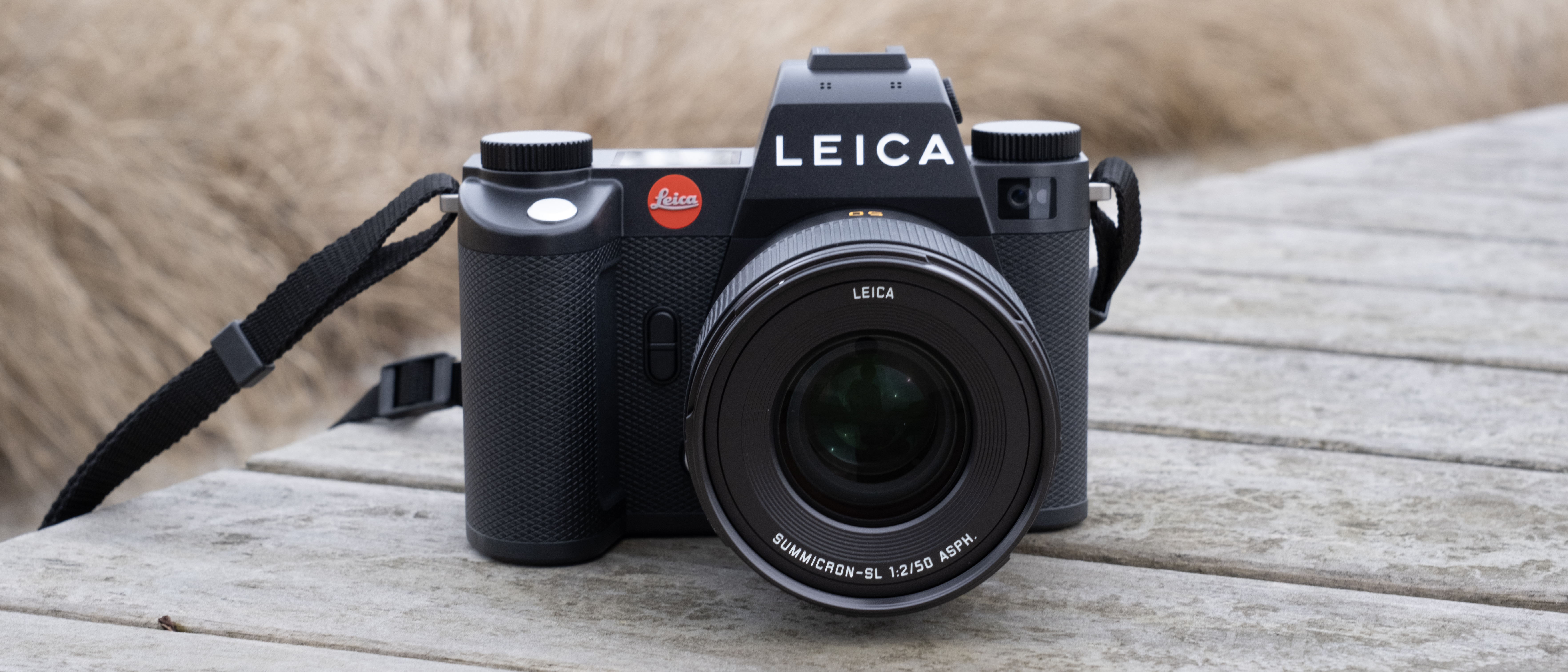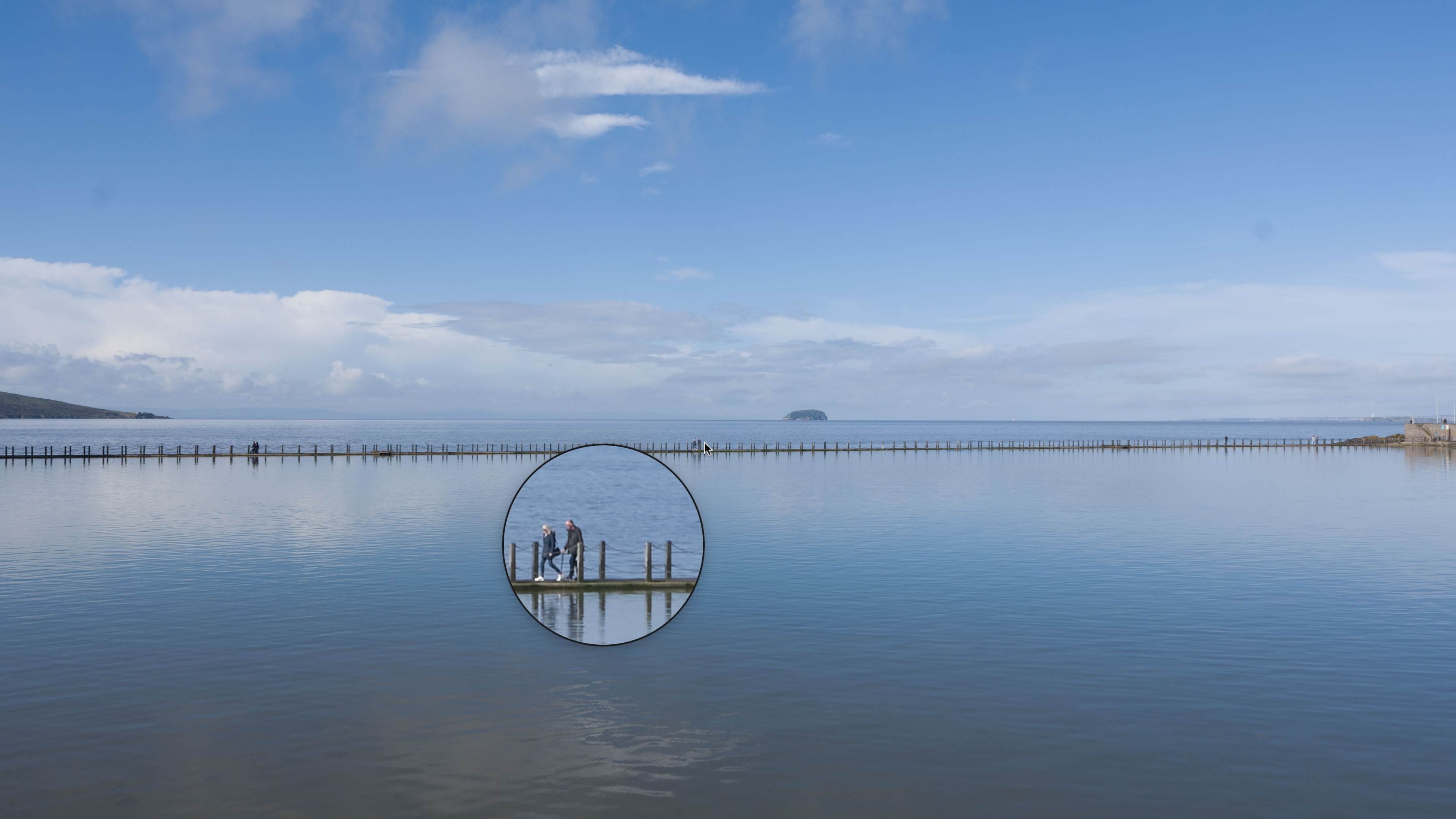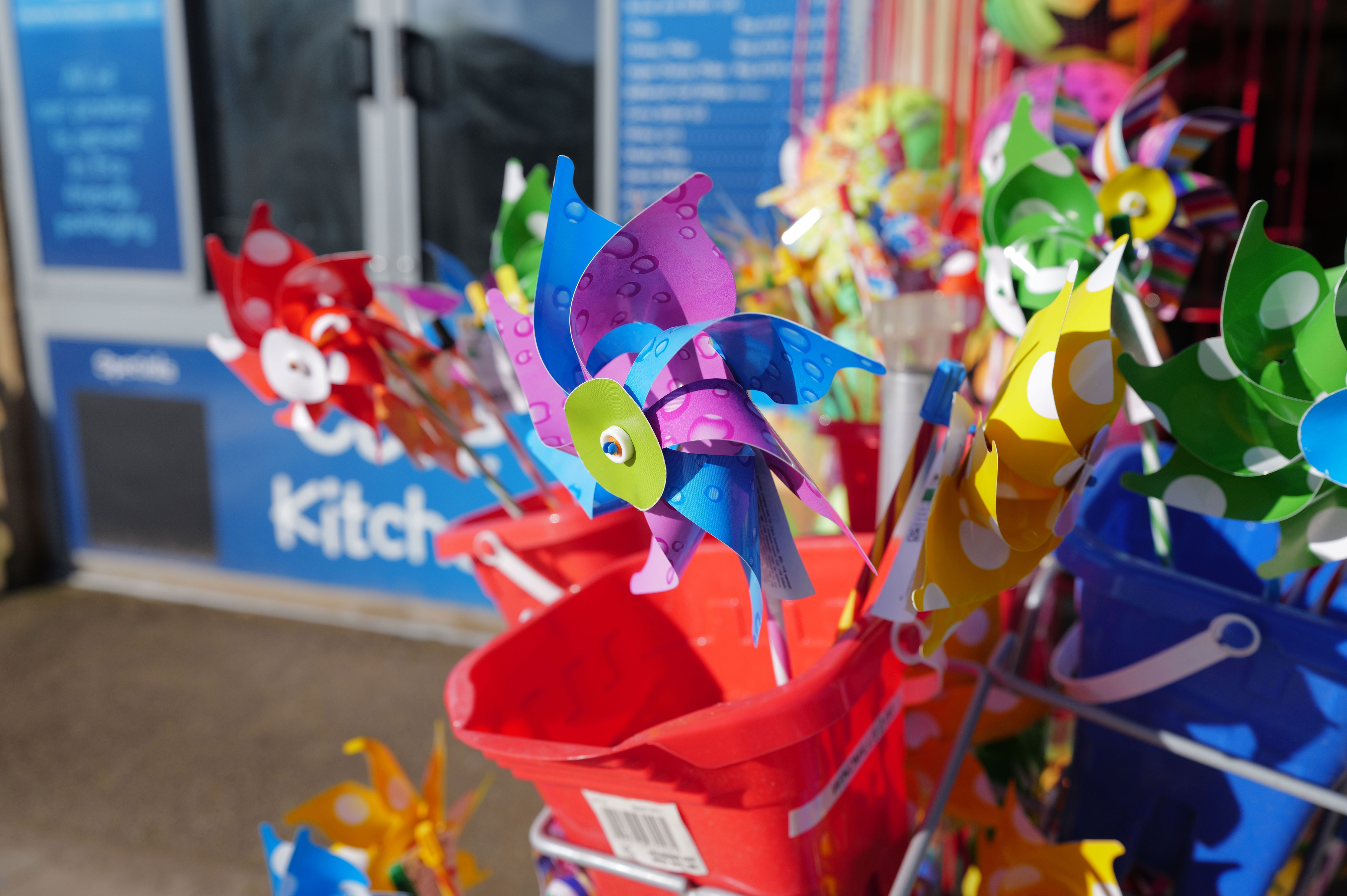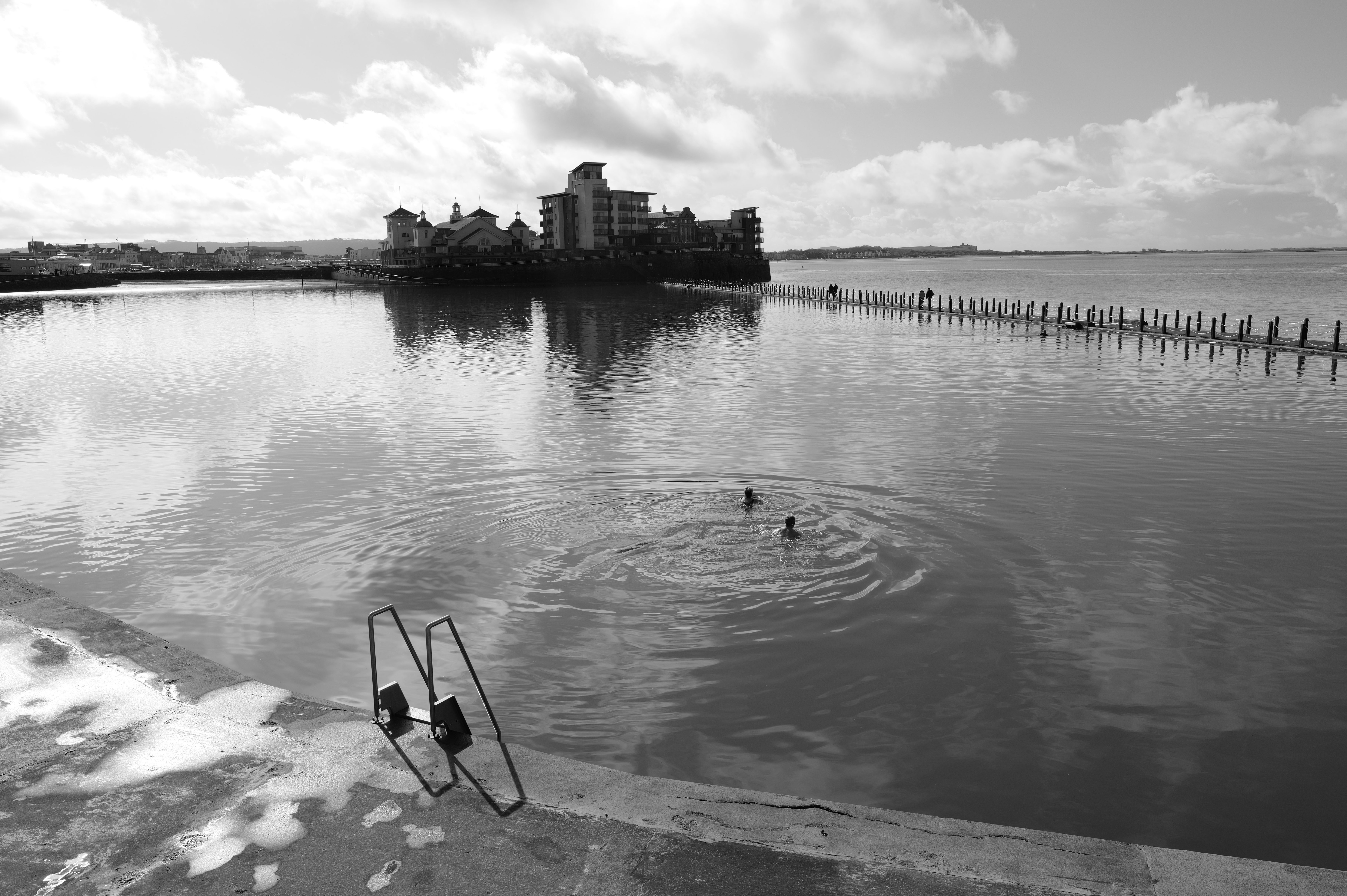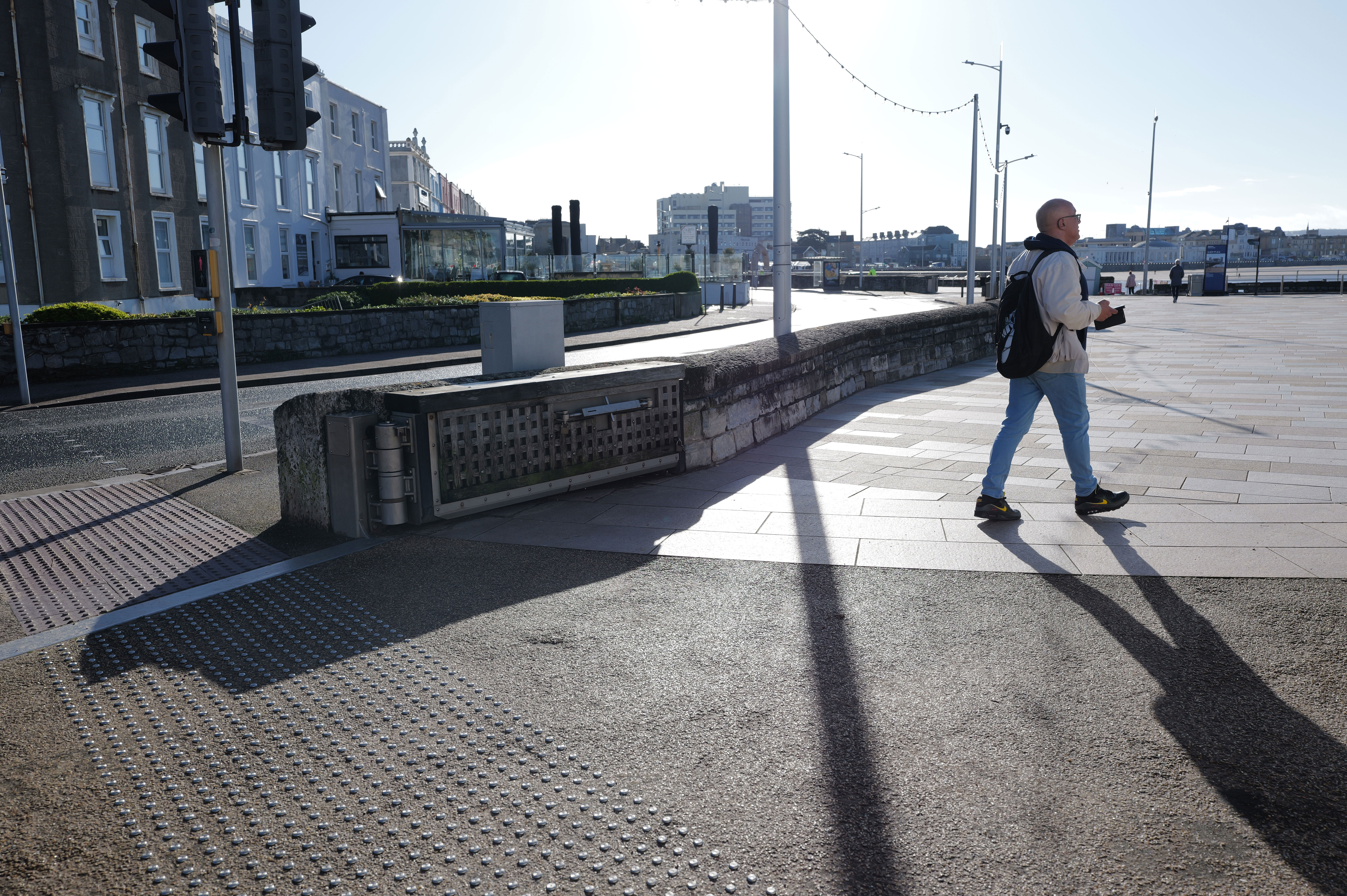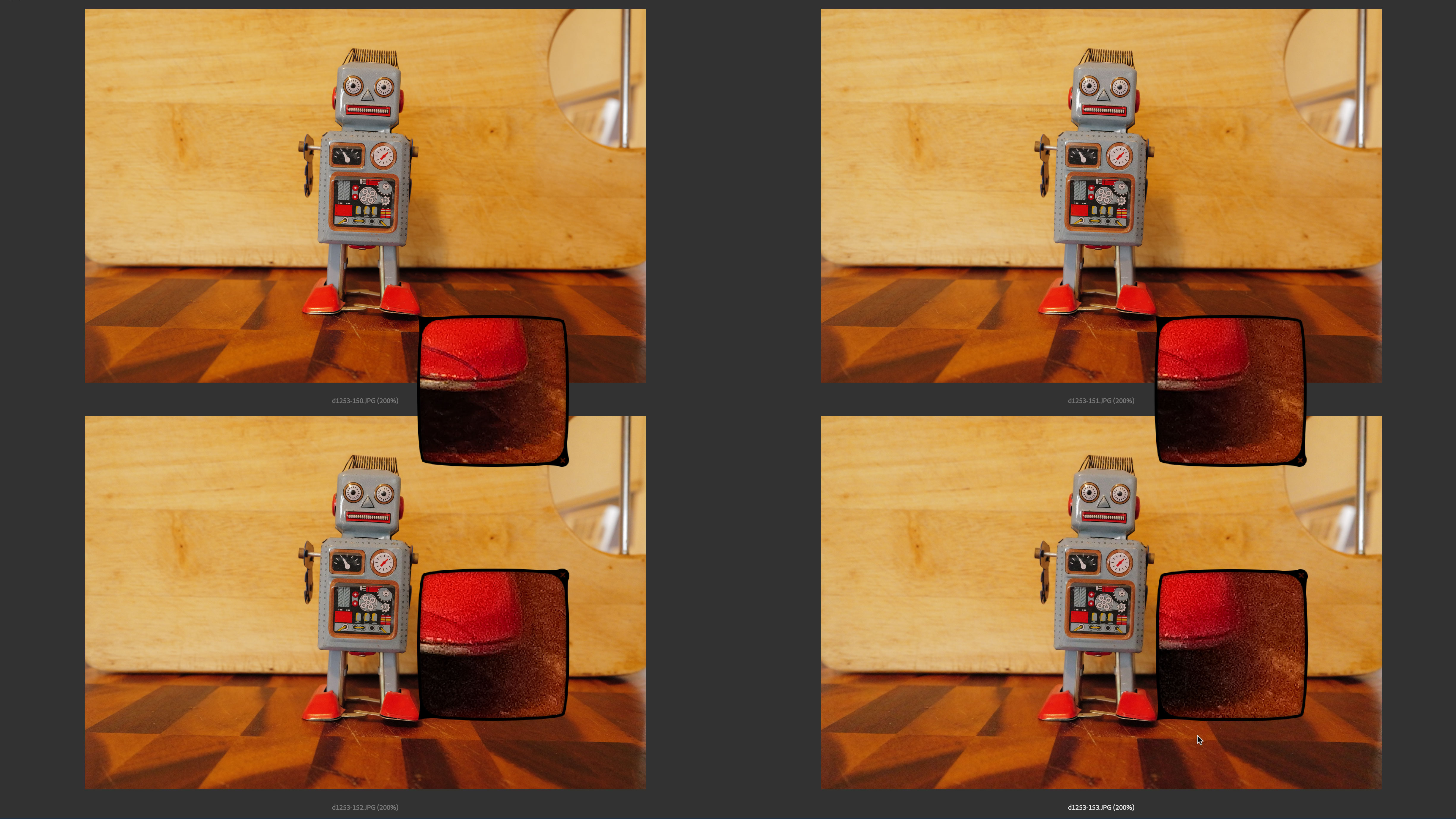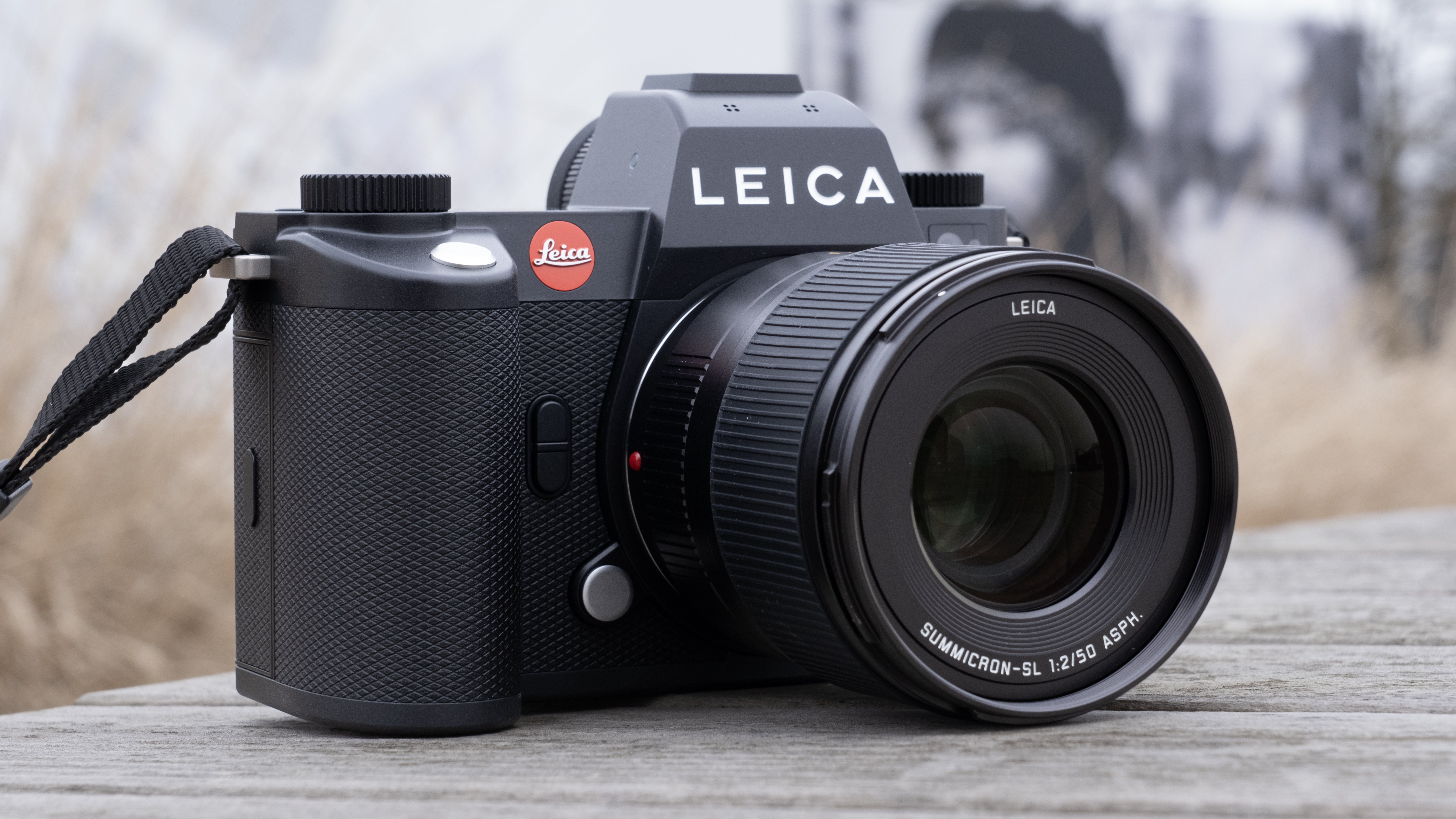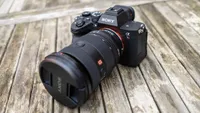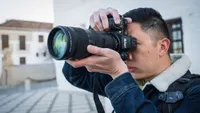TechRadar Verdict
The SL3 is Leica's best full-frame mirrorless all-rounder so far. It combines incredible build quality, a refreshingly minimalist interface, and a 60MP sensor with phase-detect autofocus. The SL3 doesn't eclipse any of its rivals for pure performance, its battery life is disappointing and the in-body image stabilization is pretty weak – but the image quality is superb, as is the whole handling and shooting experience. Is this the best L-mount camera yet? Yes, and by a mile.
Pros
- +
60MP full-frame sensor
- +
Finally has phase-detect autofocus
- +
Incredible build quality
- +
Excellent interface
- +
Tilting touchscreen
Cons
- -
Poor battery life
- -
Rivals offer better bang-for-buck
- -
Weak stabilization
Why you can trust TechRadar
Leica SL3: two minute review
Leica might be best-known for its legendary M-series rangefinders, but for the past decade it's also been building a modern full-frame mirrorless system called the SL series – and the new SL3 is its most fully-evolved model so far.
Unlike the Leica M11 and Leica Q3, which are built around a compact, tactile shooting experience, the SL3 is a modern brute that wants to be your professional workhorse. It still has classic Leica hallmarks, like minimalist menus and a design that harks back to the Leica R3 SLR, but it combines all of that with modern all-rounder specs.
The main upgrades from 2019's Leica SL2 include a 60MP full-frame CMOS BSI sensor, a Maestro IV processor, phase-detect autofocus, a tilting touchscreen, 8K video, a CFexpress Type B card slot (alongside an SD UHS II one) and a slightly smaller, lighter body.
Leica says that its 60MP sensor is the same as the one in the Leica M11 and Q3, but is engineered slightly differently – which means it has a base ISO of 50 (going up to 100,000), rather than 64. In other words, the SL3 is like the Q3's bigger brother, with its studio-friendly body giving you access to the dozens of lenses available for its L-mount.
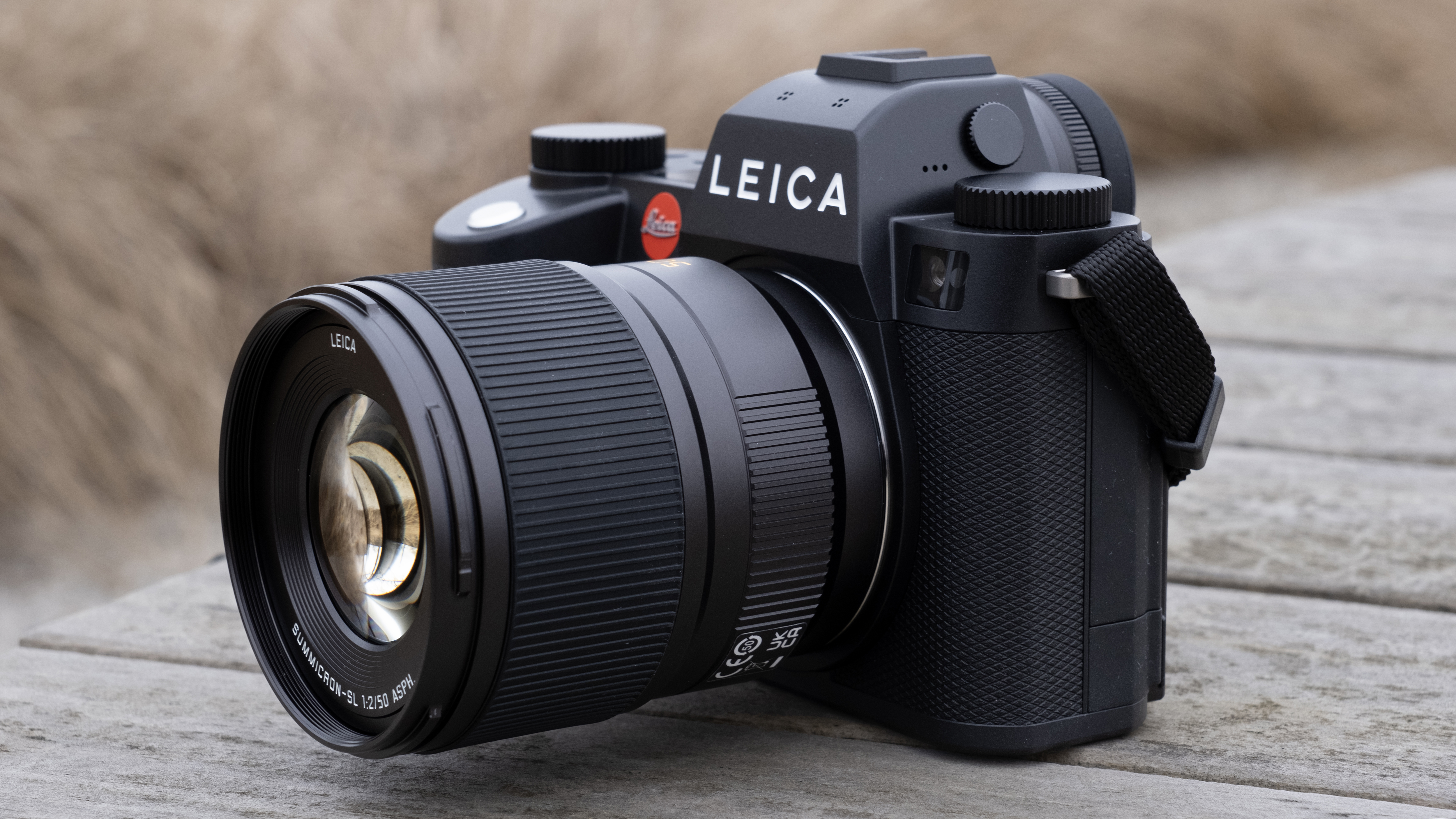
But since the original Leica SL arrived in 2015, the full-frame mirrorless camera space has become fiercely competitive. So with incredible high-resolution cameras like the Nikon Z8, Sony A7R V and Canon EOS R5 all vying for your attention, is the gravitational pull of that red dot still as strong for pro shooters in 2024?
We spent a couple of days with a Leica SL3 in Wetzlar, Germany to find out, followed by some more extensive testing back in the UK, checking out that 60MP sensor together with the new hybrid AF system.
Leica SL3: release date and price
- The Leica SL3's body-only price is $6,995 / £5,920 / AU$11,690
- The SL2's launch price was $5,995 / £5,300 / AU$9,900
- It's available to buy right now at Leica stores and its online store
As always with Leica, the SL3's cost-of-entry is high. And like most cameras, it's quite a bit higher than the SL2's price in 2019.
Sign up for breaking news, reviews, opinion, top tech deals, and more.
The SL3's body-only price is $6,995 / £5,920 / AU$11,690, which is somewhere between 12%-16% pricier than the SL2's original price, depending on where you live.
But then this is a much more sophisticated camera. It's not just a refresh of the original SL2, and it's superior in so many ways that the price increase starts to look relatively modest.
The SL3 is a good deal more expensive than the Sony A7R V, the camera that's probably its closest like-for-like rival, but you're getting more than just the cachet of the Leica brand. You're also getting a beautiful piece of design, not just in the camera's physical form but in its minimalist interface too.
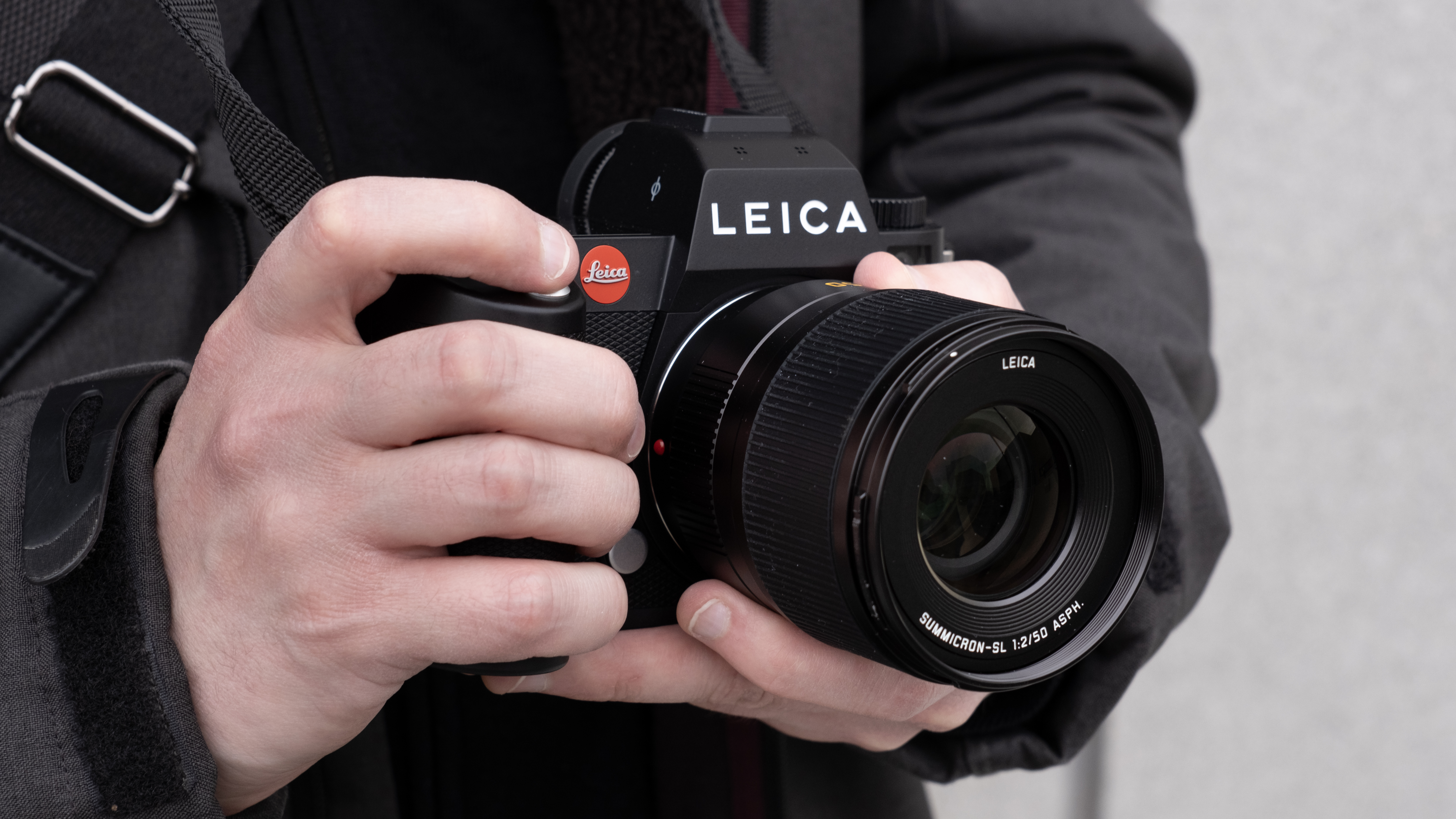
The SL3 is by no means the most expensive Leica camera around – the Leica M11 Monochrom, for example, costs $9,195 / £8,300 / AU$14,990 (body only) and only shoots in black and white. But this does mean that the SL3 is now much pricier than the Leica Q3 ($5,995 / £5,300 / AU$9,790).
That's a completely different kind of camera, but the SL3 is also battling for your attention alongside full-frame Nikon Z8 ($3,999 / £3,999 / AU$6,999 body-only), which looks like a comparative bargain, though it doesn't match the Leica's 60MP sensor. That resolution is rare even amongst the best mirrorless cameras, and shared only by the Sony A7R V, Sony A7C R and the oddball Sigma fp L.
- Price score 3.5/5
Leica SL3: design and handling
- New 3.2-inch tilting touchscreen, but no fully-articulating display
- Leica SL3 design tweaks make it 69g lighter than SL2
- Still has magnesium alloy body with IP54-rated weather sealing
Leica's SL series have always felt reassuringly expensive in the hand and the SL3 is no different – it feels like it could survive a run-in with a Cybertruck.
It's a bit of a functional brute compared to stablemates like the Leica Q3, but if you need a hybrid workhorse for stills and video, the SL3 is now one of the best camera bodies around.
Sensor: 60MP full-frame CMOS sensor
Image processor: Maestro IV
AF system: Hybrid with phase-detect
EVF: 5.76-million dot OLED
ISO range: 50 to 100,000
Video: 8K at 30p, C4K & UHD at 60/50/30/25/24p
LCD: 3.2-inch tilting touchscreen, 2.3m dots
Max burst: Up to 15fps
Connectivity: Wi-Fi, Bluetooth
Weight: 769g (body only)
Leica has made a few tweaks to the SL series' design in this third-generation, mostly for the better. For a start, it's shaved off some weight – the SL3 is 69g lighter than its predecessor. At 769g, it's still a pretty weighty mirrorless camera, but that puts it somewhere in between a Sony A7 IV and Nikon Z8.
The biggest departure from the SL2 is the arrival of a tilting 3.2-inch touchscreen. Leica hasn't gone as far as adding a fully-articulating display, which it said could have compromised the SL3's bomb-proof build quality.
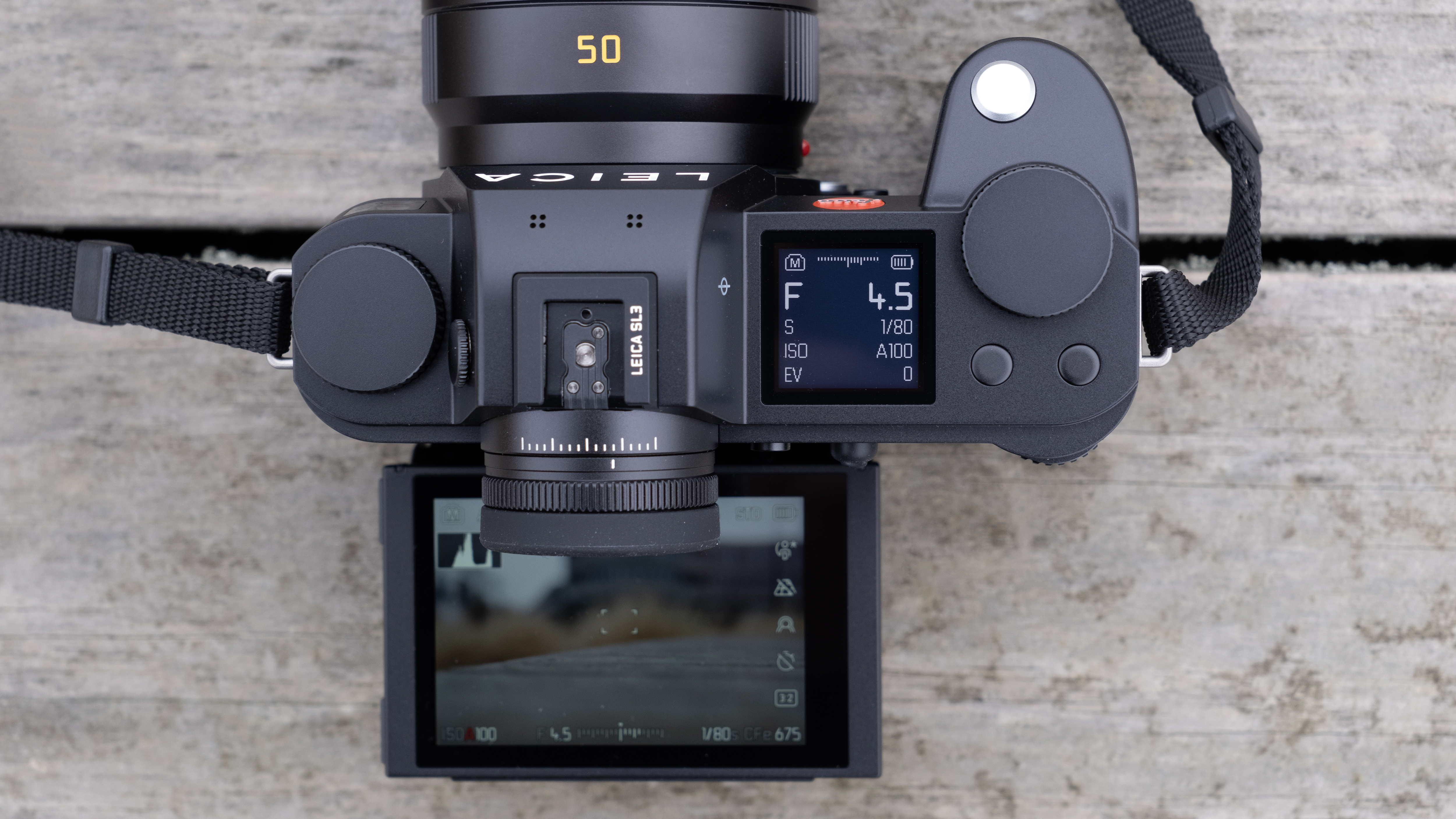
While videographers might be disappointed about that, the tilting screen is a welcome addition for photographers, giving you the option of shooting from the hip and low angles. It's just a shame it only tilts in landscape orientation, and not when you flip the camera round for portraits.
In the hand, the SL3 is still a satisfyingly solid hunk of metal. Mirrorless cameras don't come built any better than this – the magnesium and aluminum chassis balances nicely with some of Leica's weighty glass (like the Summicron-SL 50mm f/2 I tried it with), and the tweaked grip and its rubberized indent still feel great in the hand.
The SL3 still has IP54-rated weather sealing too, which means it can handle being sprayed or splashed with water. I haven't yet taken one to Antarctica, but there really aren't any weather conditions where you'll have to worry about the SL3.
Beyond its new screen and lighter weight, the only other design changes are more minor future-proofing tweaks. There's now a new CFexpress Type B slot (alongside a standard UHS-II SD slot) to support 8K video, plus an HDMI 2.1 Type A port for video shooters.
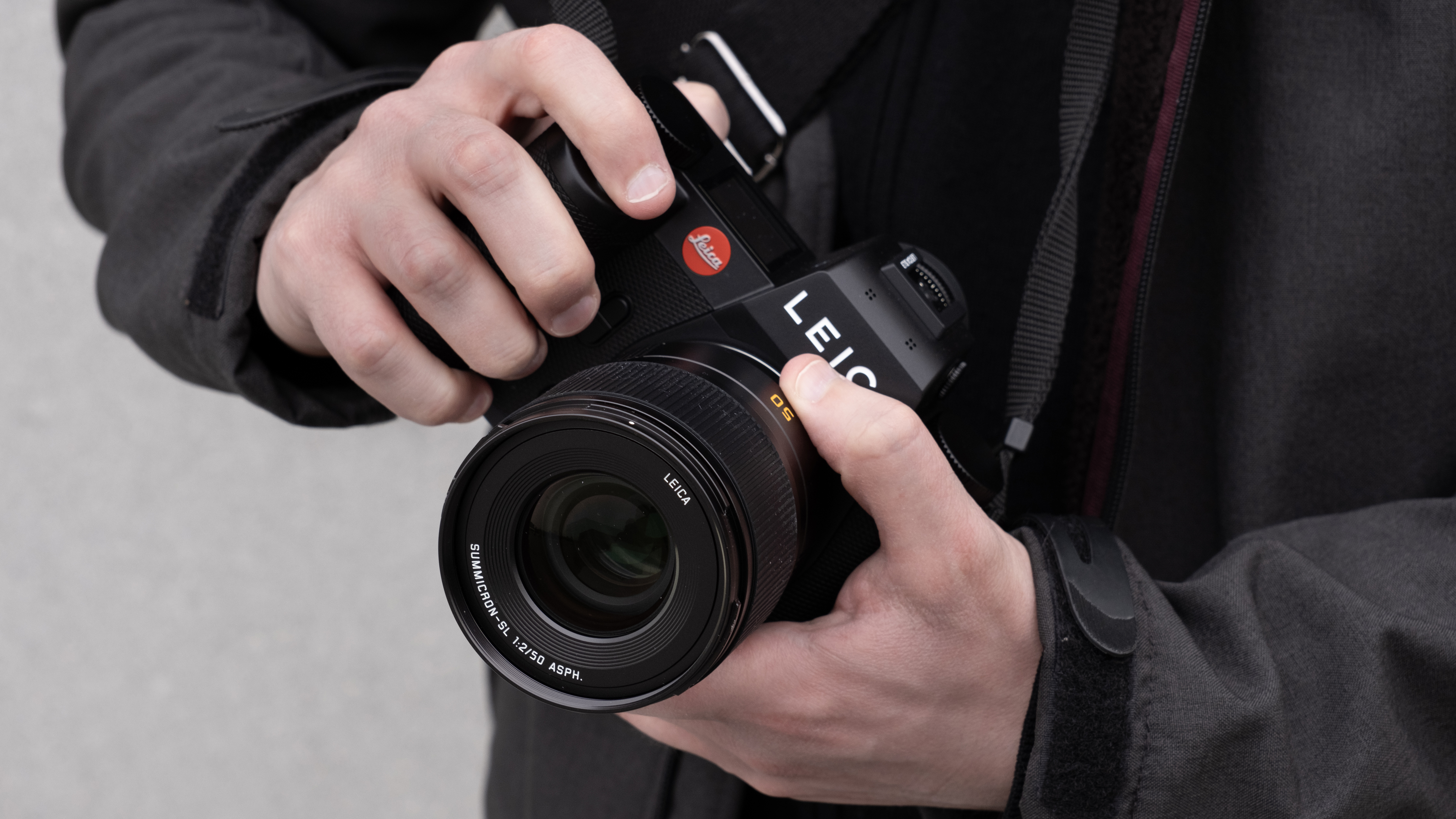
Inside, there's also now a larger capacity battery (2,200mAh, compared to 1,860mAh one inside the SL2), but this doesn't translate to more shooting time. In fact, with a CIPA standard rating of 260 shots (compared to 370 shots on the SL2), battery life is one of the SL3's main weaknesses.
In more positive news, the SL3 retains the 5.76-million dot OLED EVF (with 0.78x magnification) from its predecessor, and that certainly hasn't dated. It's still an impressive part of the shooting experience, helping you stay connected to the scene with its clarity, color reproduction and 120fps refresh rate.
On the top of the SL3, there's a new dial on the left and a very handy 1.28-inch monochrome display for quickly previewing your shooting settings. Round the front of the camera there's arguably the most important design feature of all – the L-mount bayonet. This gives you access to a good range of lenses from Leica (at a price), but also more affordable L-mount lenses from Panasonic, Sigma and Samyang – in total, there are now 84 lenses to choose from.
One other nice design touch is the new illuminated power button on the back, which replaces the traditional switch. This doesn't serve any great functional purpose other than making the SL3 feel more modern, but it's the kind of attention to detail you don't often get from other manufacturers.
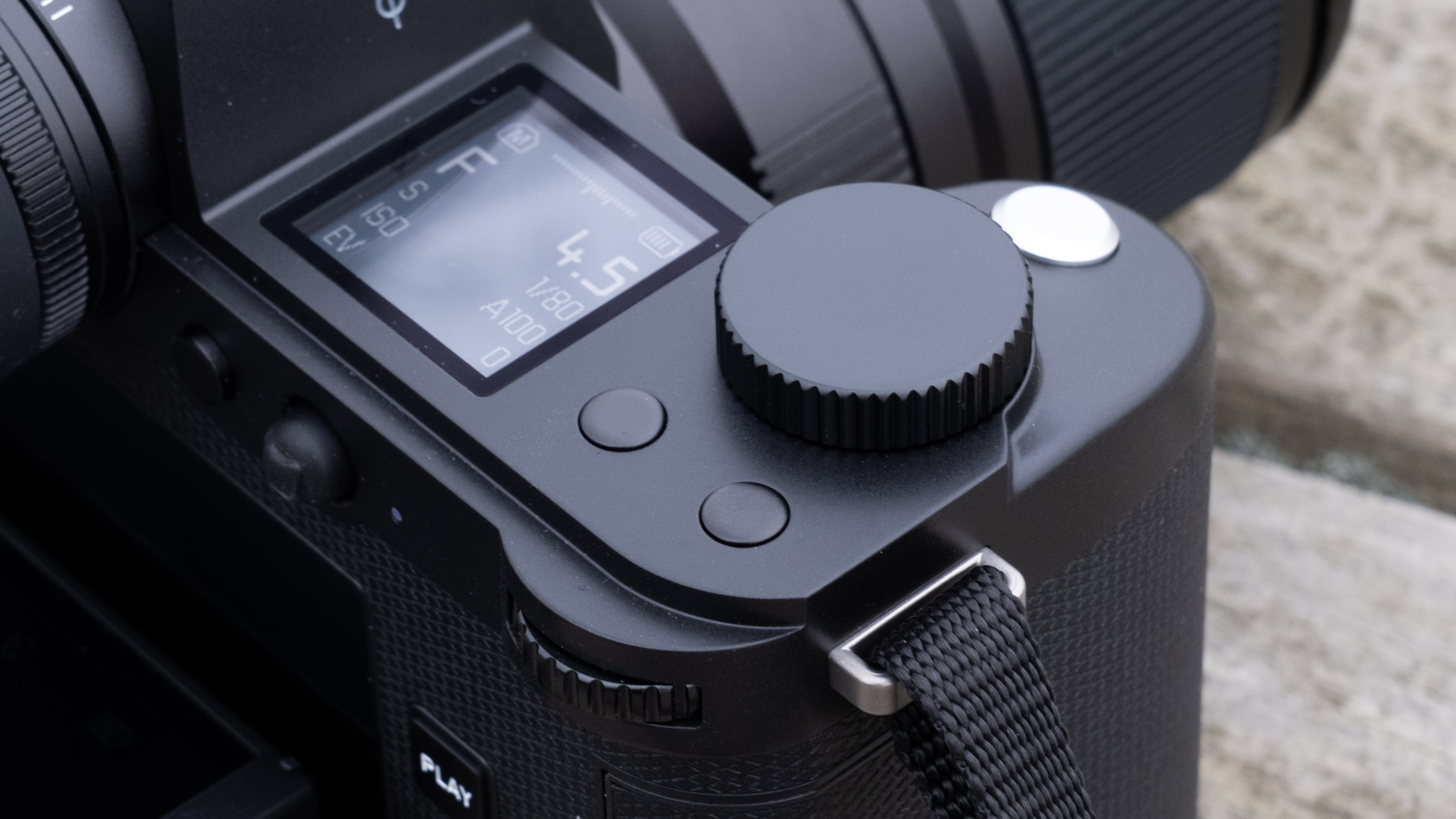
Similarly, the SL3's refined menu system (complete with new icons) is an example for others to follow. It's clean and simple, with nice touches like the separate photo and video modes, and is a stark contrast to Sony's 'kitchen sink' approach to software menus.
There are a couple of especially smart features to call out. The first is the single Menu button for activating both the Quick menu screen and the main menu system. How? You press once for the Quick screen, and if you don't see what you need there, you press again for the full menus. Brilliant.
Another is the five unmarked function buttons – two on the front, two on the back and one on the top. The fact they're not labelled for specific jobs is great because you never feel you're using buttons that were actually intended for something else. Best of all, though, you don't have to go digging through the menus to change their function. Instead, you press and hold to bring up a list of all the custom controls available and choose the one you want. Again, brilliant.
The top and back of the SL3 look almost impossibly bare. The power button aside, there are just three marked buttons on the back – Play (playback), FN (a sixth, more obvious function button) and Menu (which doubles as the Quick menu button).
On the downside, you'll need a good memory for how you've set up your SL3 and which button does what, but on the upside you have a camera design that's just breathtakingly 'clean'.
- Design score 5/5
Leica SL3: features and performance
- 60MP CMOS BSI full-frame sensor, like the Leica Q3 and M11
- New phase-detect AF system, alongside contrast/object detect AF
- Can now shoot 8K video and ProRes (in 1080p)
Given the Leica SL2 was launched back in 2019, you'd hope that its successor would get a sizable imaging upgrade – and that's certainly the case.
The SL3 has a 60MP CMOS BSI full-frame sensor, which is a tweaked version of the one inside the Leica Q3 and M11. While that resolution is handy for cropping later, you also get 36MP and 18MP modes to help boost the buffer during continuous shooting and save on memory space.
Leica says this sensor gives you an extra stop of dynamic range compared to the SL2 (15 stops, compared to 14), but a more obvious upgrade is the Maestro IV processor and its improved autofocus system.
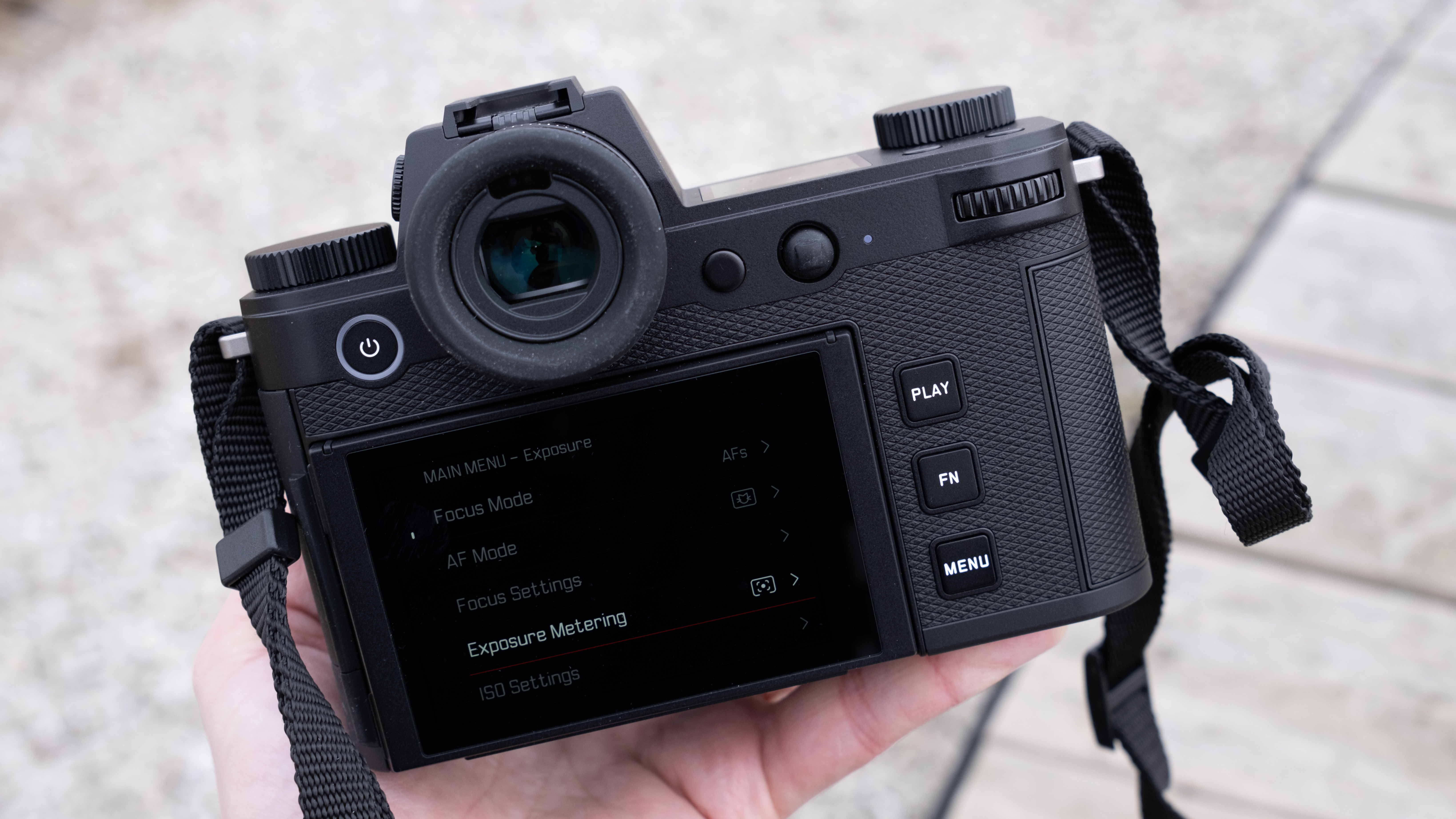
The SL series has never had class-leading autofocus, partly due to Leica's close relationship with Panasonic (which, until last year's Panasonic Lumix S5 II, had refused to embrace phase-detect autofocus). But the SL3 finally offers a hybrid AF system, combining phase-detect AF (good for video and moving subjects) with contrast-detection and object detection.
In our brief time with the SL3, its subject-detection worked well and reliably locked onto human eyes, producing a good hit-rate. But animal detection was still marked as being in 'beta' on my sample, so this will need more testing – and overall, it's fair to say that Leica is still playing catchup with the likes of Sony for autofocus, rather than surpassing it.
The face/eye detect proved impressively accurate and responsive for video though, so if you're a solo shooter presenting to camera and moving around the frame, the SL3 will follow you very well indeed, even keeping up with fast movements.
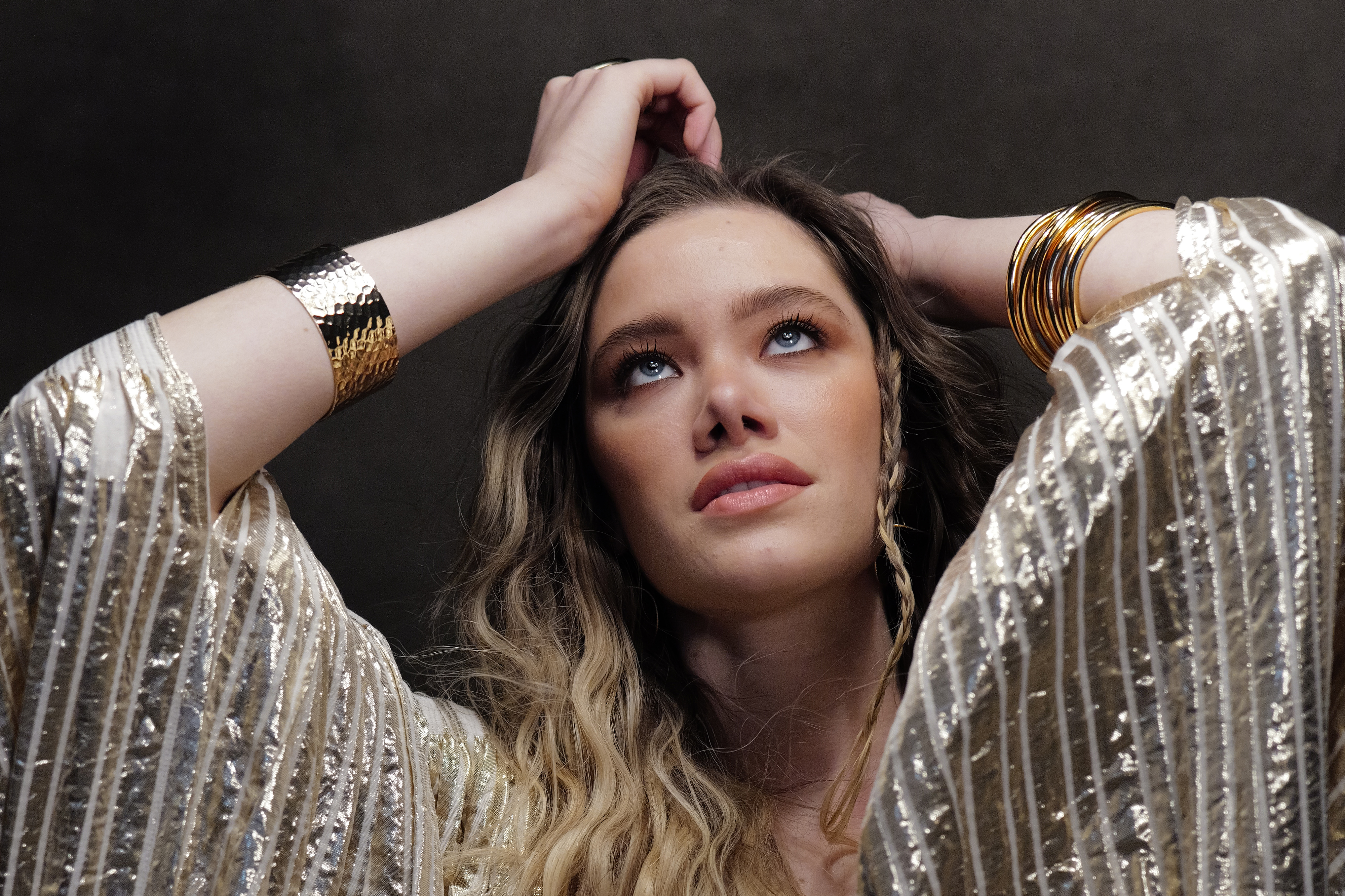
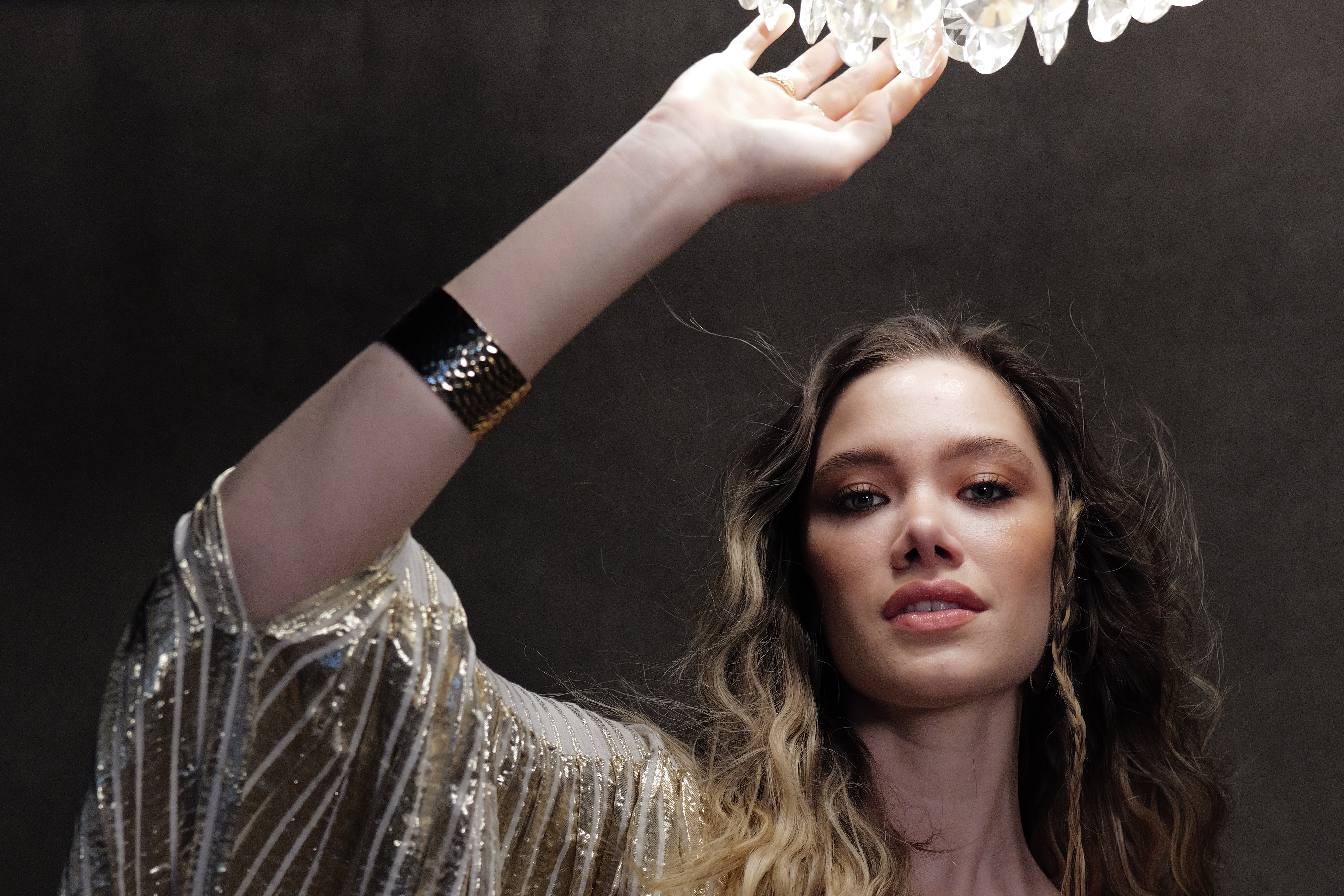
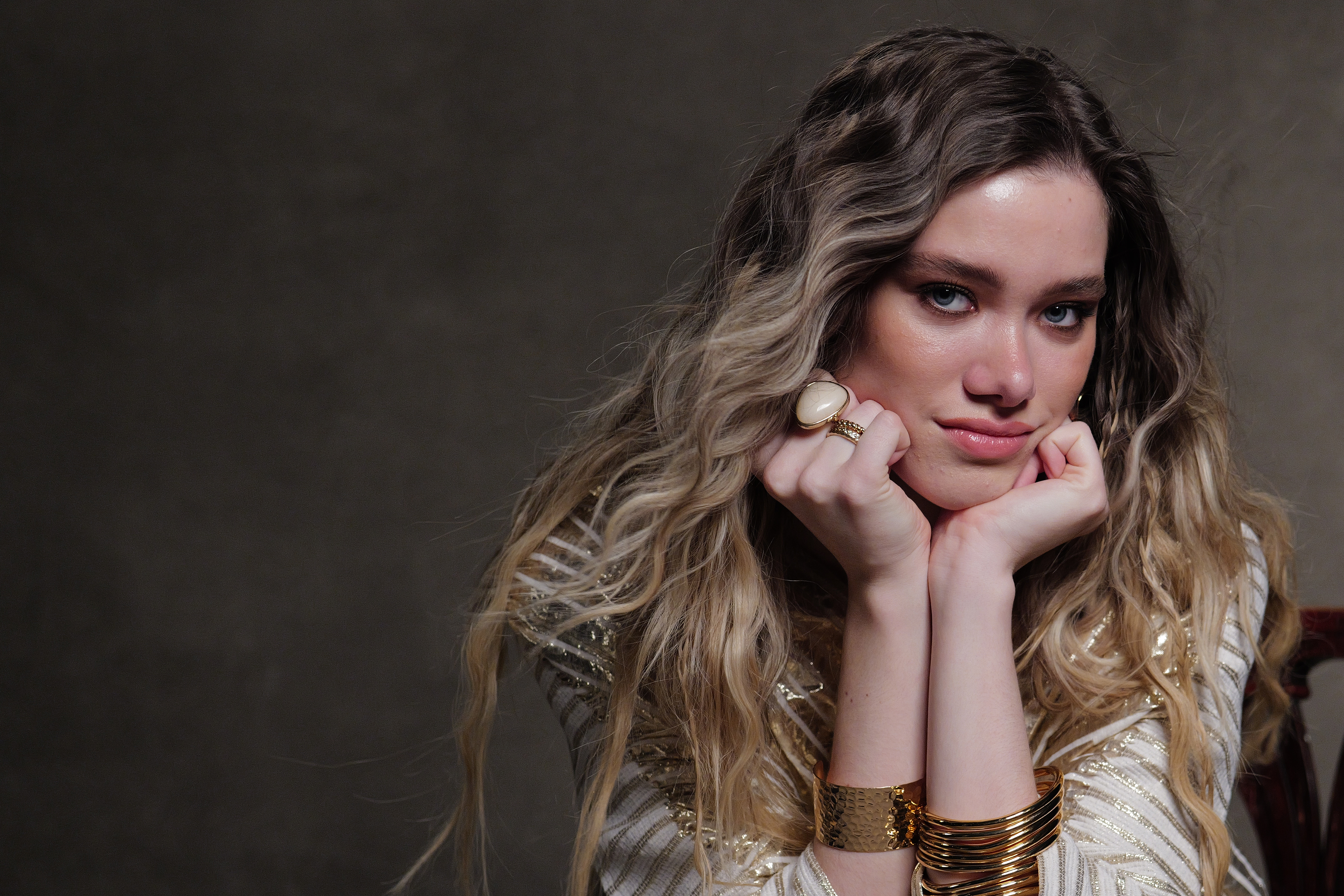
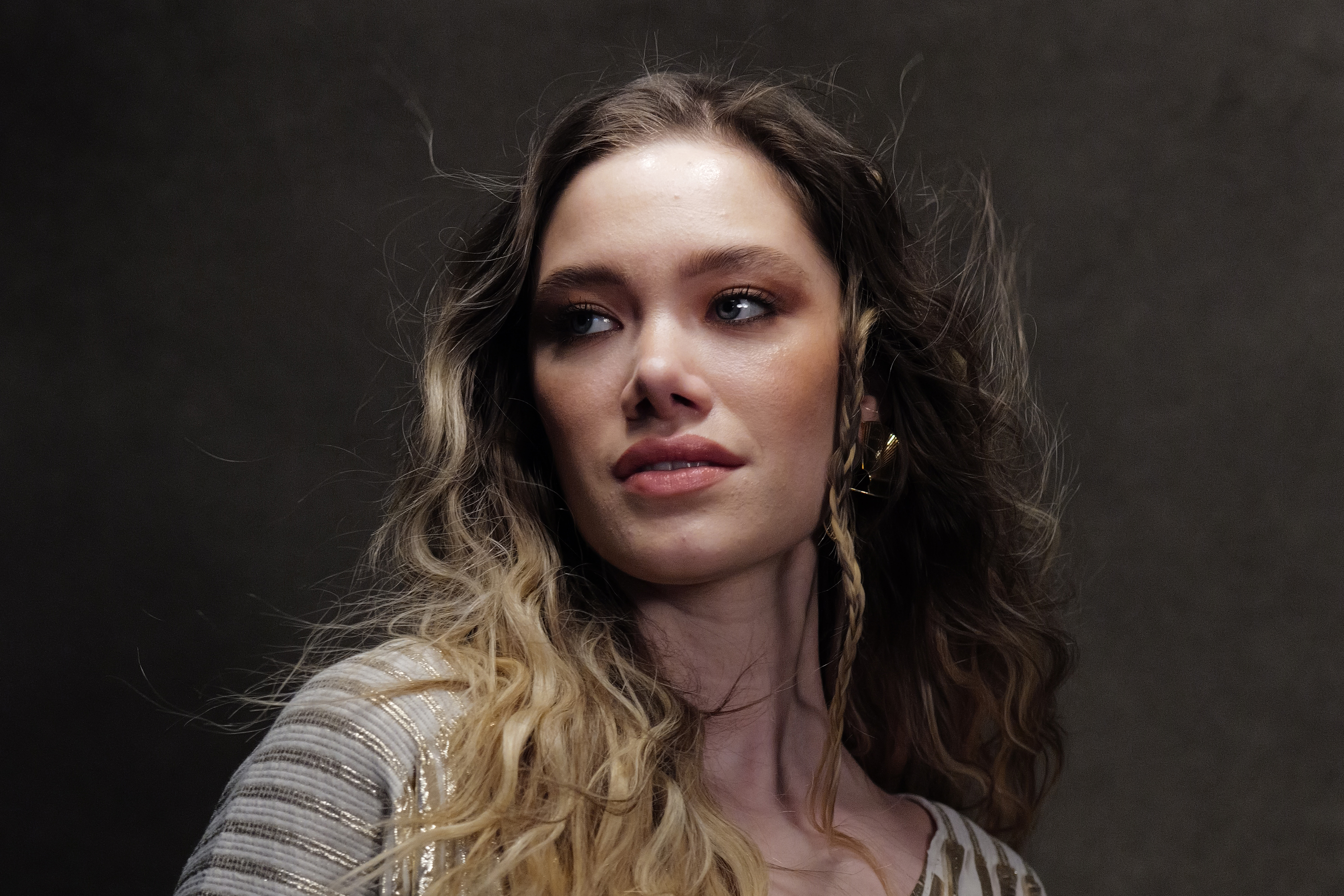

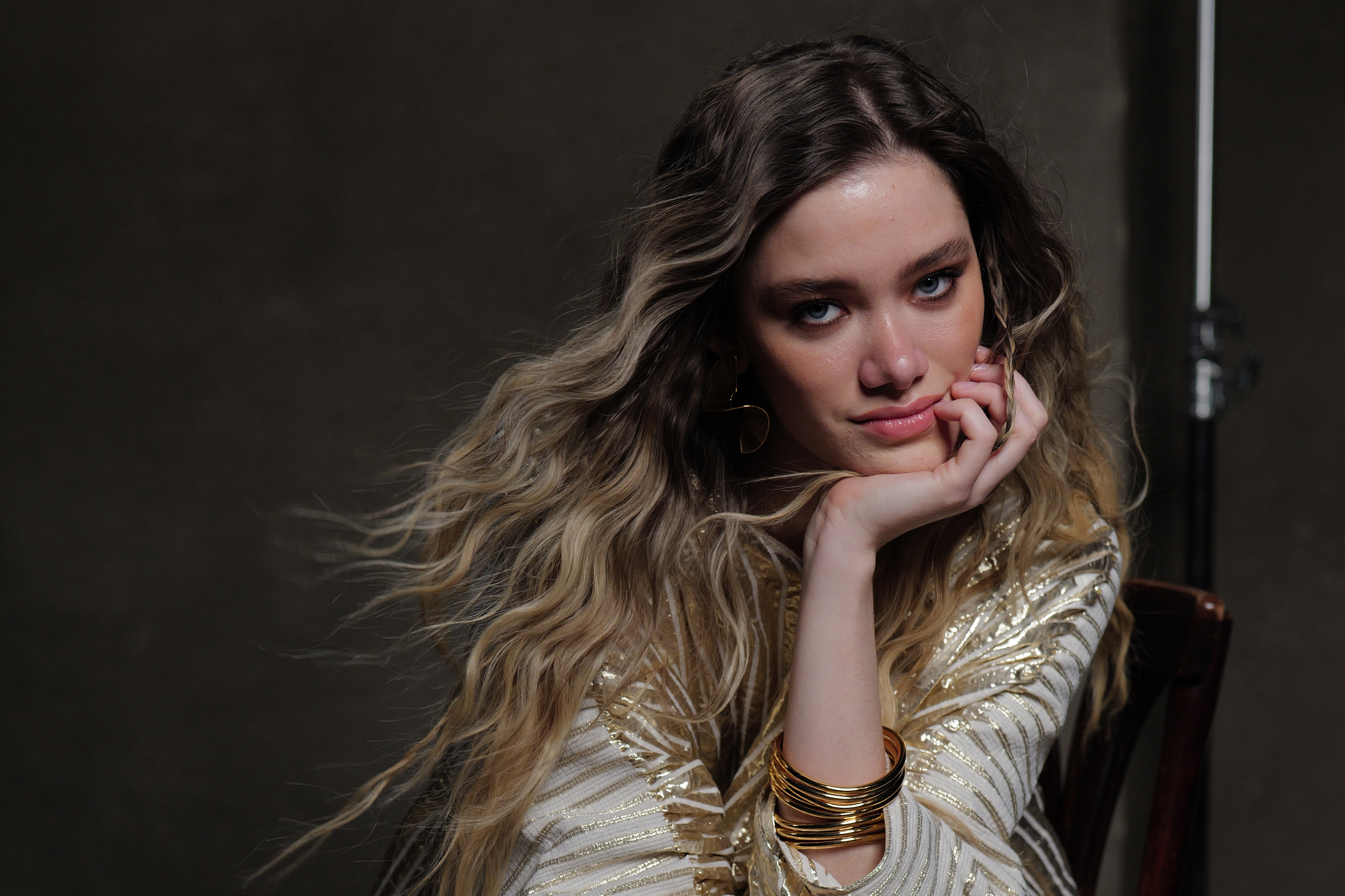
The other benefit of that Maestro IV processor is that it supports the camera's CFexpress Type B card and, consequently, some video upgrades. The SL2 was already Leica's best ever video camera and the SL3 steps things up with 8K video capture.
This will be a pretty niche mode, though, as it tops out at 30fps with 4:2:0 10-bit color sampling. More useful will be the SL3's 4K/60p and 4K/120p video modes, which you can shoot with 4:2:2 10-bit color sampling for editing flexibility. Combine that with the camera's full-size HDMI port for external monitors and timecode interface, and you have a powerful, professional video camera – which hasn't been very common in Leica world, until now.
Another bonus for shooting handheld video (and stills) is the Leica SL3's five-axis image stabilization system, which gives you five stops of compensation. That's far from the best we've seen – the Sony A7R V's system is good for a claimed eight stops – but it is still an important difference from the original SL, which had no stabilization. It's also ideal if you want to use an SL3 with Leica M glass using the M-L adapter.
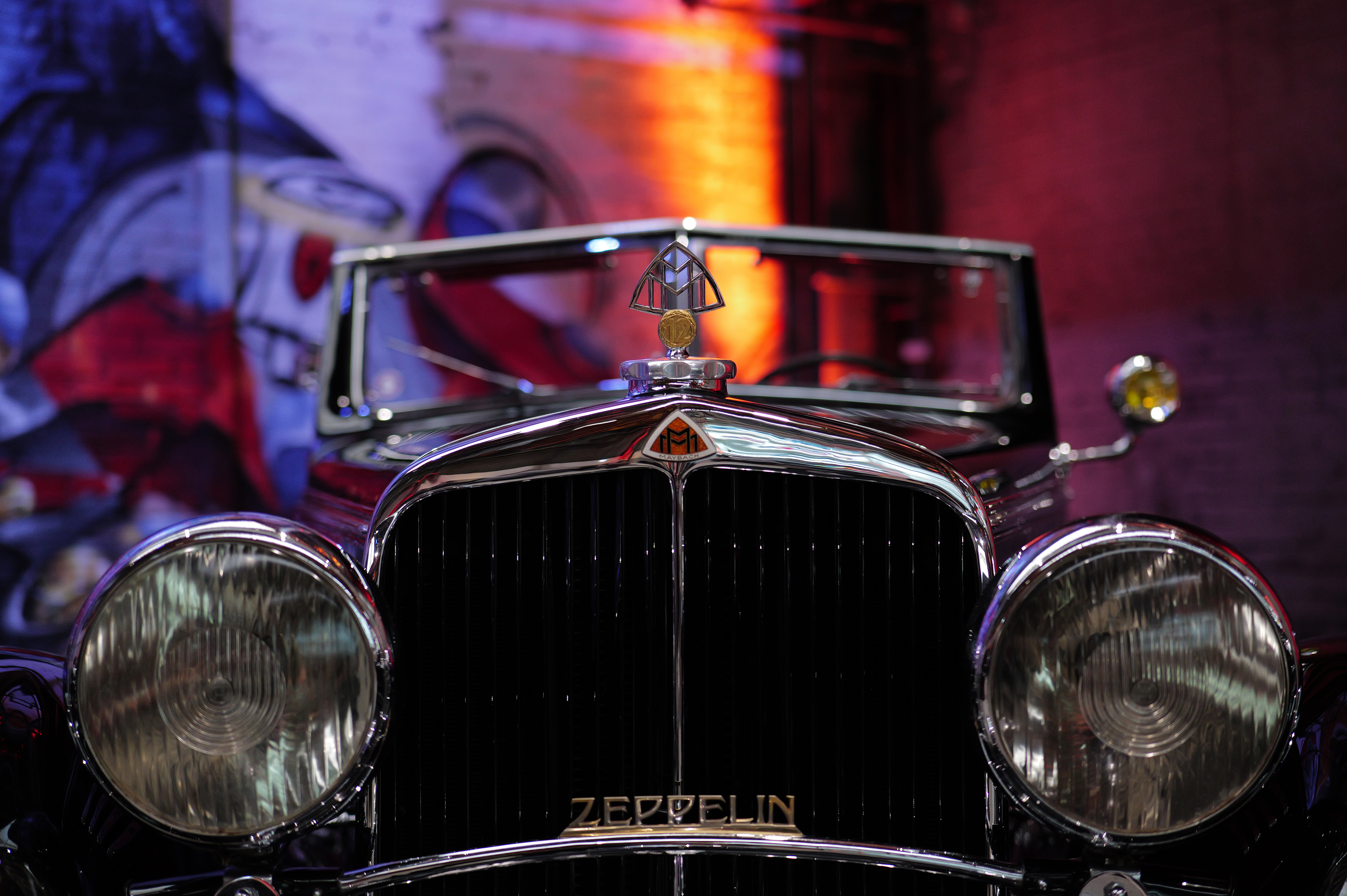
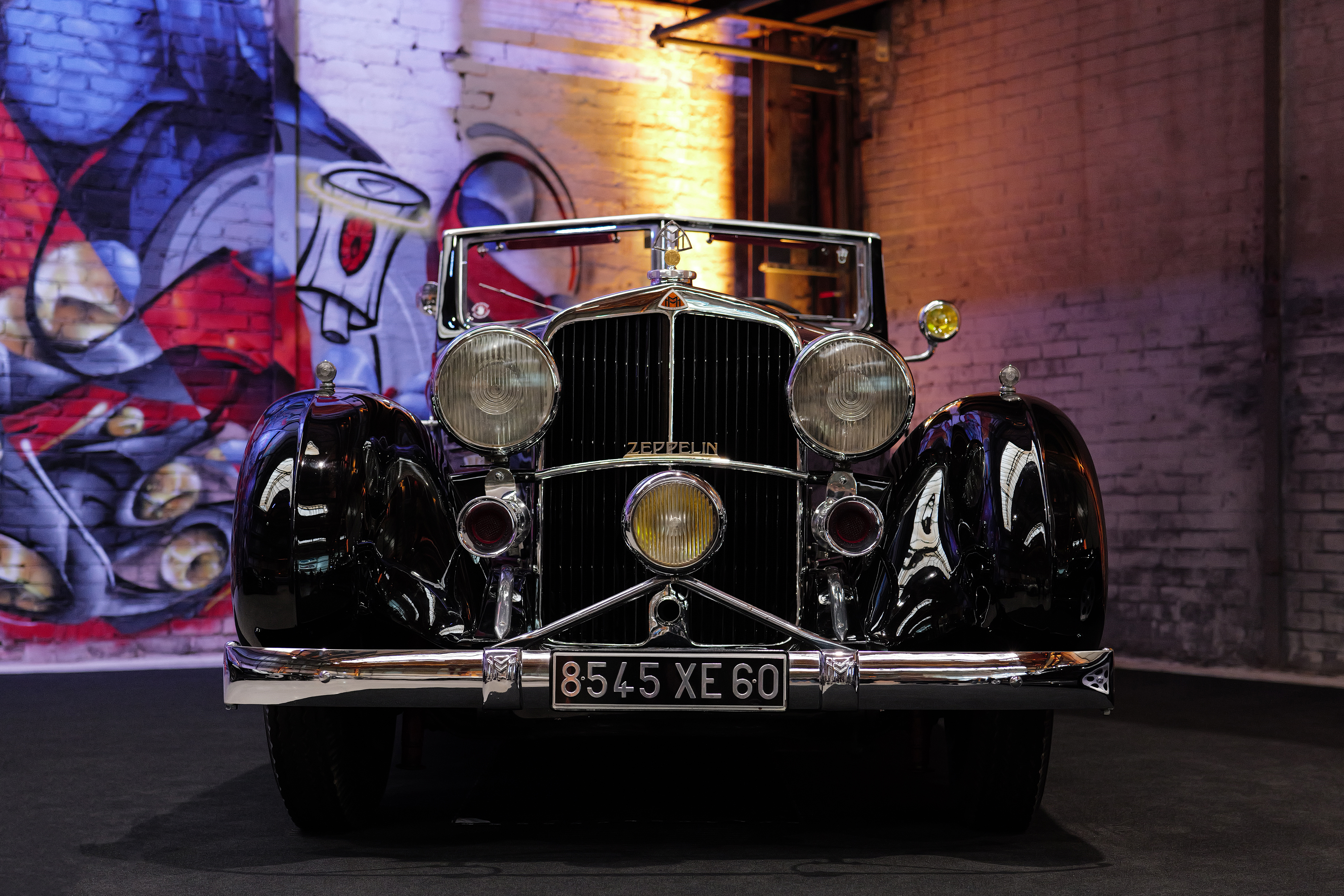
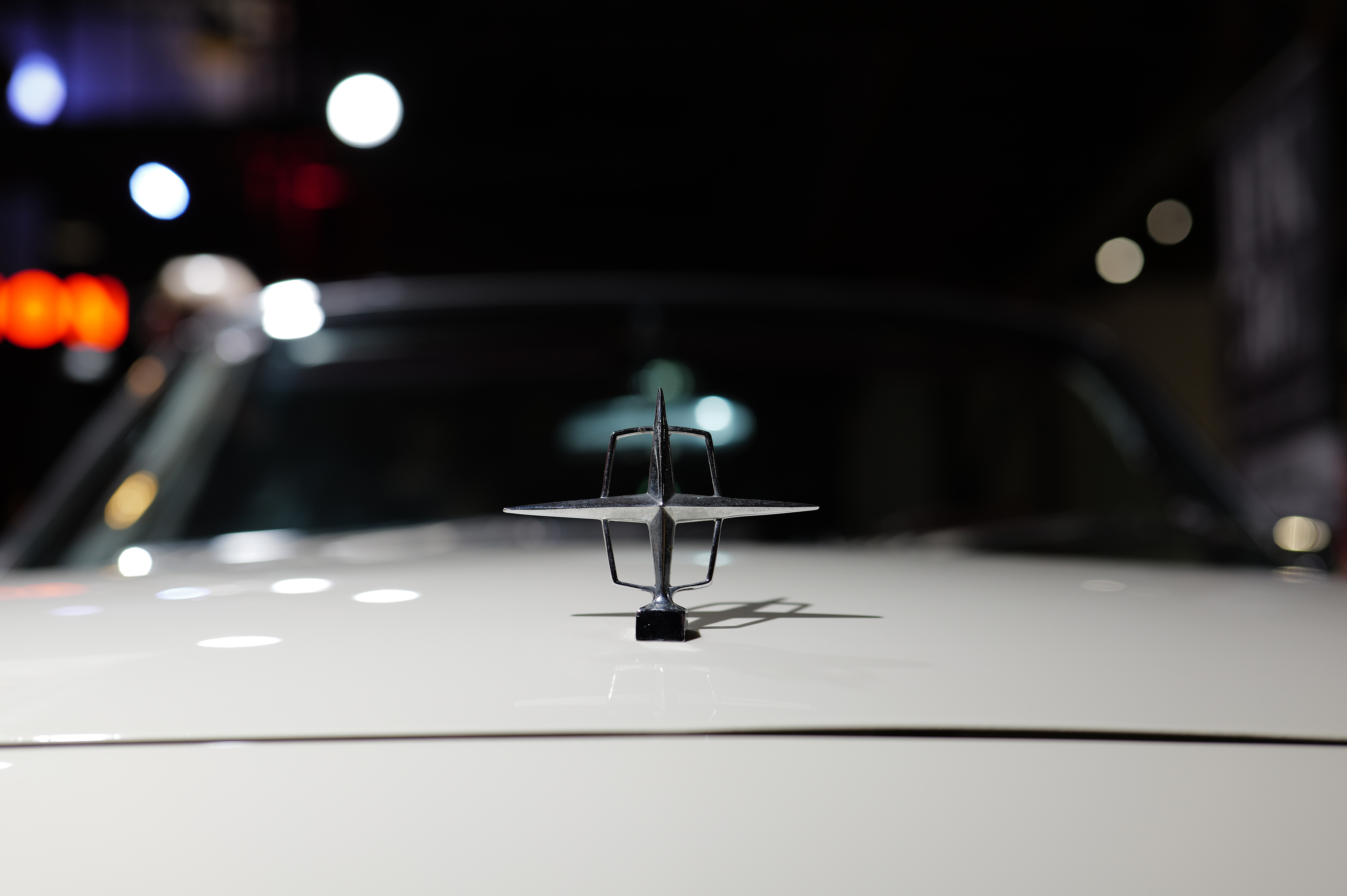
In some tests, it proved possible to shoot handheld down to 1/4s and get usable results, so it's definitely a useful feature, particularly for shooting in low light. However, the SL3's IBIS is not always effective. We ran some detailed tests at different shutter speeds with a 28mm lens and found it a little too easy to get shake at 1/30sec, and that while 1/4sec will be possible for some, you will need a steady hand in the first place.
The IBIS in this camera does not seem as strong as many others we've tested, and its limited shake-resistance is evident in video as well. You can get rock-steady tripod-like shoots if you're standing still, but any kind of camera movement results in sticky, jerky movements that don't look good. These are made worse by heavy rolling shutter effects.
The SL3 can shoot excellent video on a tripod (or perhaps a sturdy gimbal), but this is not a run-and-gun vlogging camera.
One more quality-of-life upgrade is the SL3's speedier wireless transfer speed, which uses a combination of Bluetooth and Wi-Fi MIMO tech to fire full-size DNGs to your phone in only two or three seconds.
That's quite a big jump up from the SL2, which took around 20 seconds to transfer a DNG file, and it worked well in tests (as you can see above). The Leica Fotos app itself is a suitably premium experience that's a cut above the efforts from most camera manufacturers, and these transfer speeds make it a breeze to get a raw file onto your phone for a quick edit.
The SL3 isn't a sports camera – and despite having a larger buffer capacity than the SL2, its top speeds for continuous shooting have taken a slight dip compared to its predecessor.
Its top speed is 15fps, which can manage for a few seconds before the buffer fills up, but it can naturally go for longer if you drop down to 9fps or 7fps. You can also get better results by choosing the 36MP or 18MP resolution modes, so there are options – just don't expect it to match a Canon EOS R3.
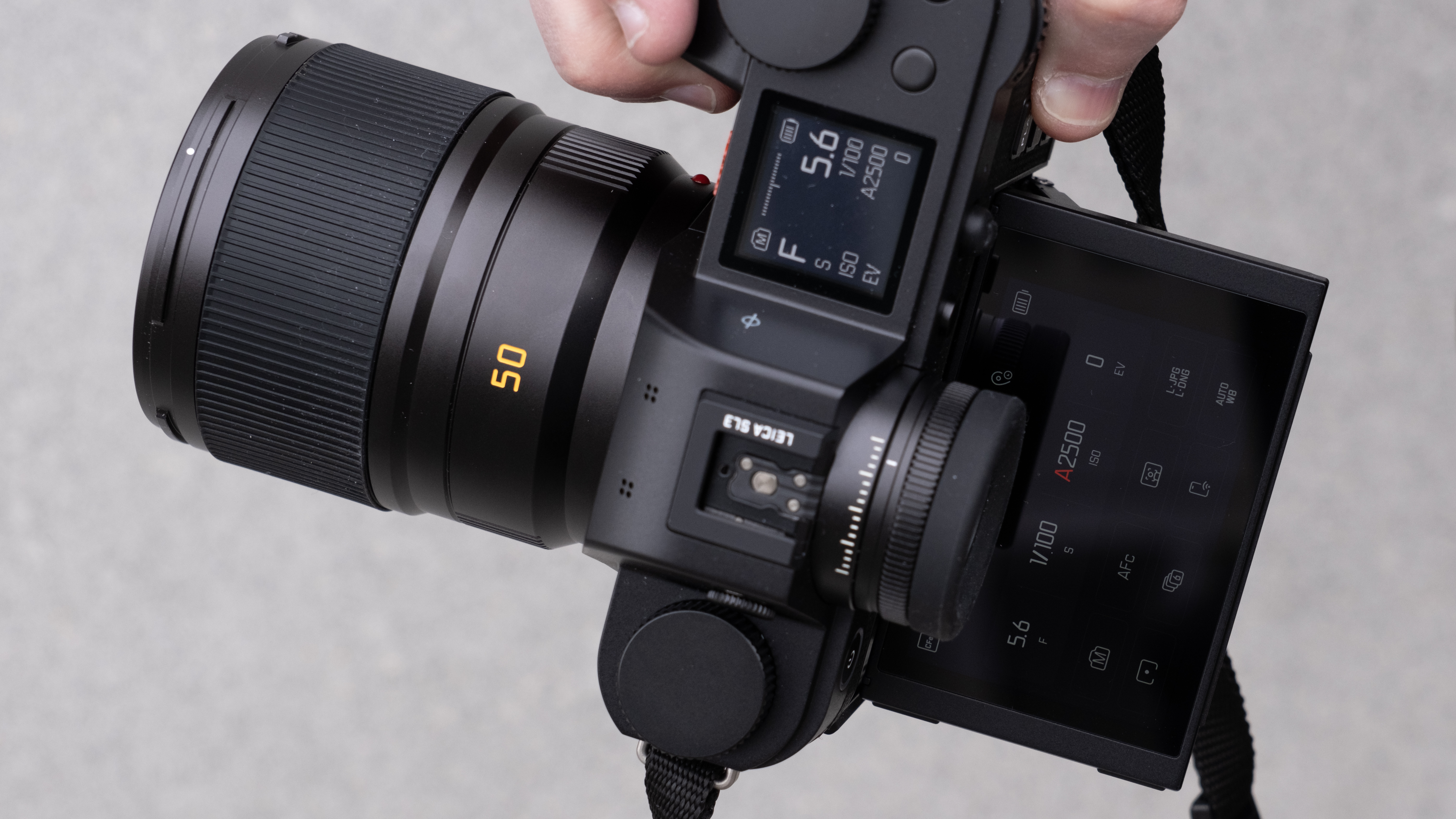
One serious disappointment with the SL3 is its battery life. Its official CIPA rating is 260 shots per charge and Leica is rolling out new firmware (version 1.1) soon, and we didn't always get that, so hopefully that might improve things. But prepare to carry around a USB-C power bank or charger, or some spare batteries.
One other strange anomaly is that the SL3 doesn't support Content Credentials, a new industry standard for protecting the authenticity of digital images. That's a little odd considering the older Leica M11-P debuted the feature last year, but Leica told us that "the reason is that the development of the SL3 was already advanced when this technology became mature".
Because Content Credentials requires a dedicated chipset, this also can't be added to the Leica SL3 via a firmware update. But Leica did add that for "future cameras it's our aim to integrate" the AI-combatting tech.
- Features and performance score: 4.5/5
Leica SL3: image and video quality
We took the Leica SL3 for an initial spin with the Summicron-SL 50mm f/2 lens, which is a sharp, fun partner for the camera. For later tests we used the APO-Summicron-SL 28mm f/2 ASPH lens. The option of using Leica glass is clearly one of the main draws of the SL3, but you can also use Panasonic and Sigma L-mount glass too.
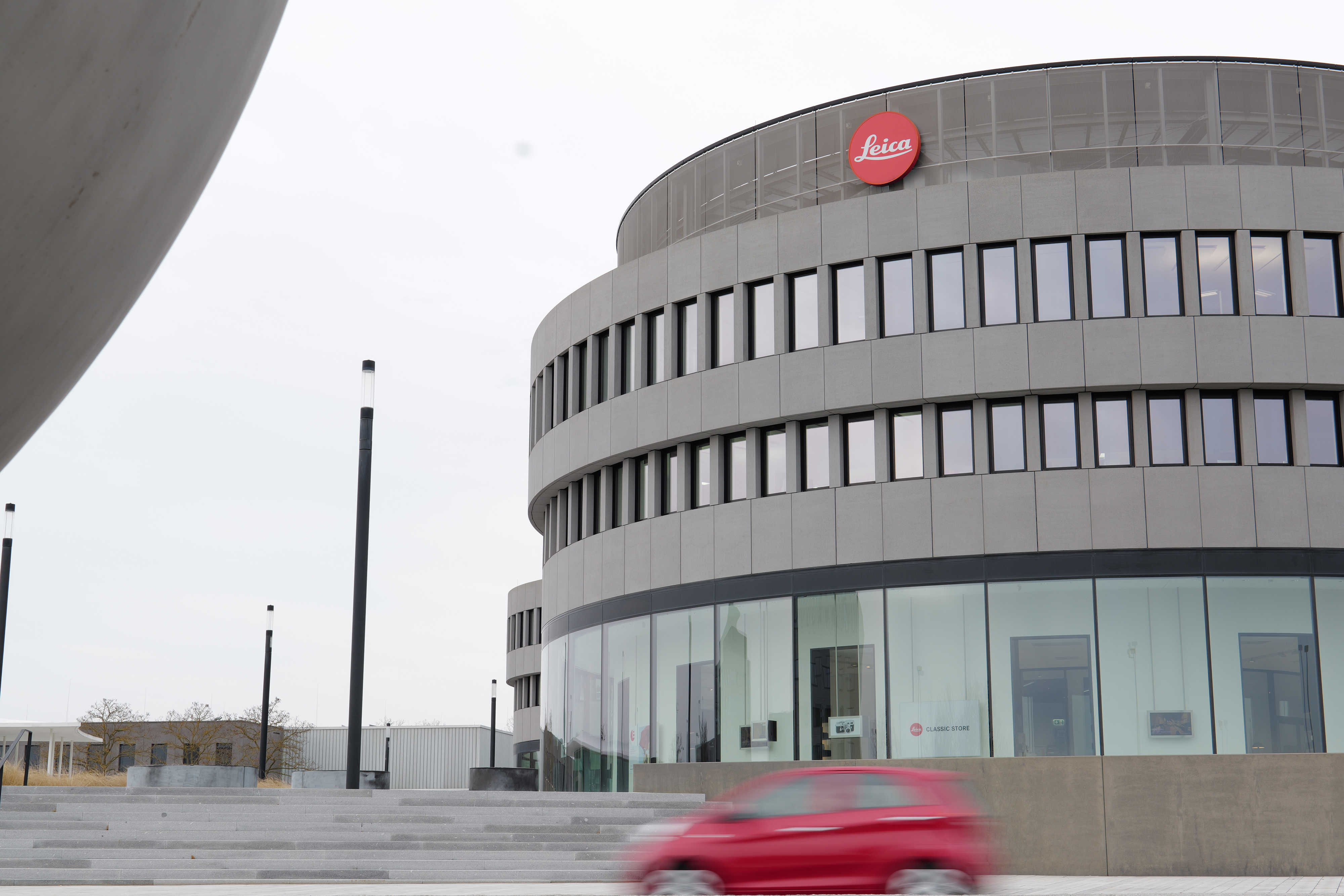


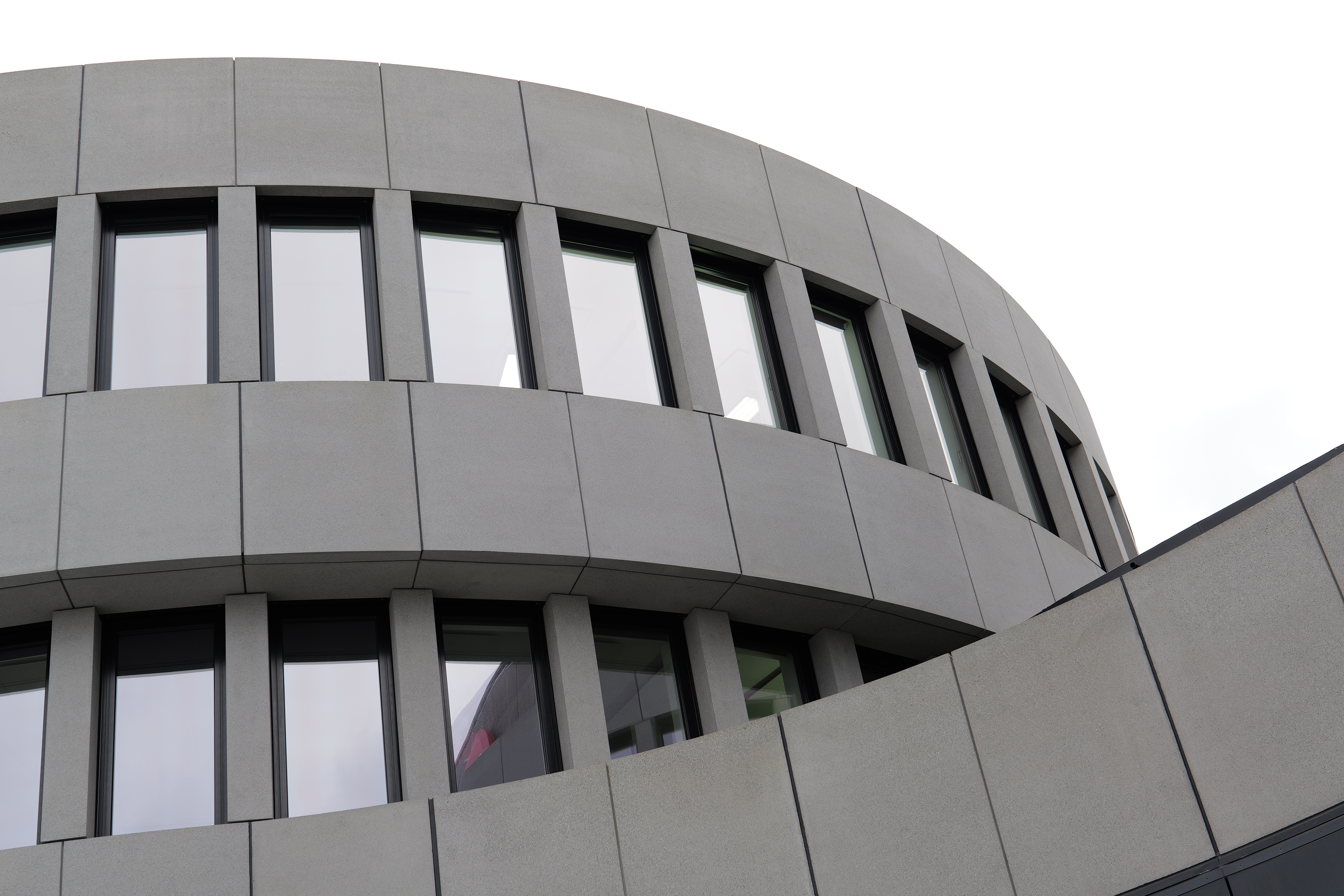
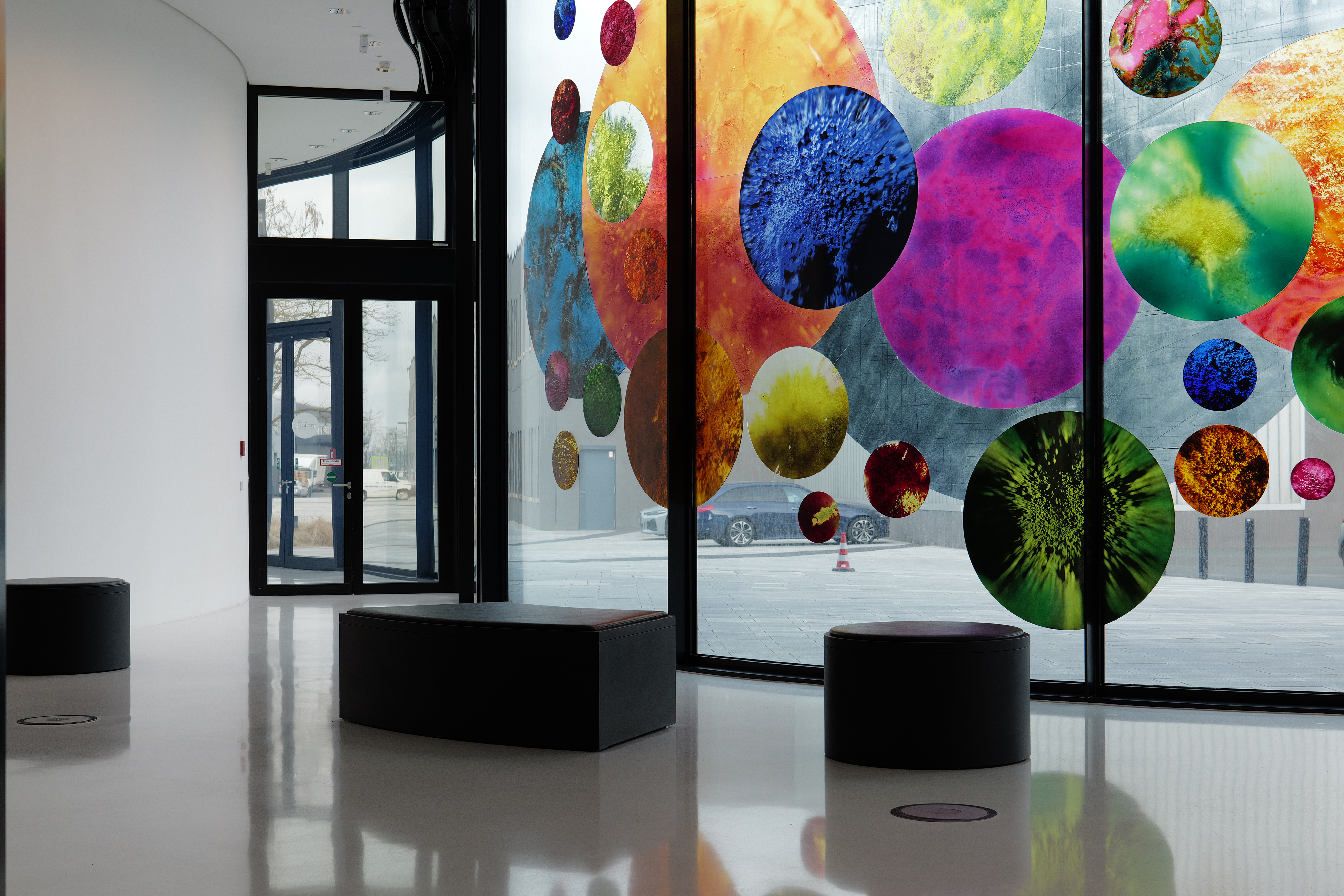
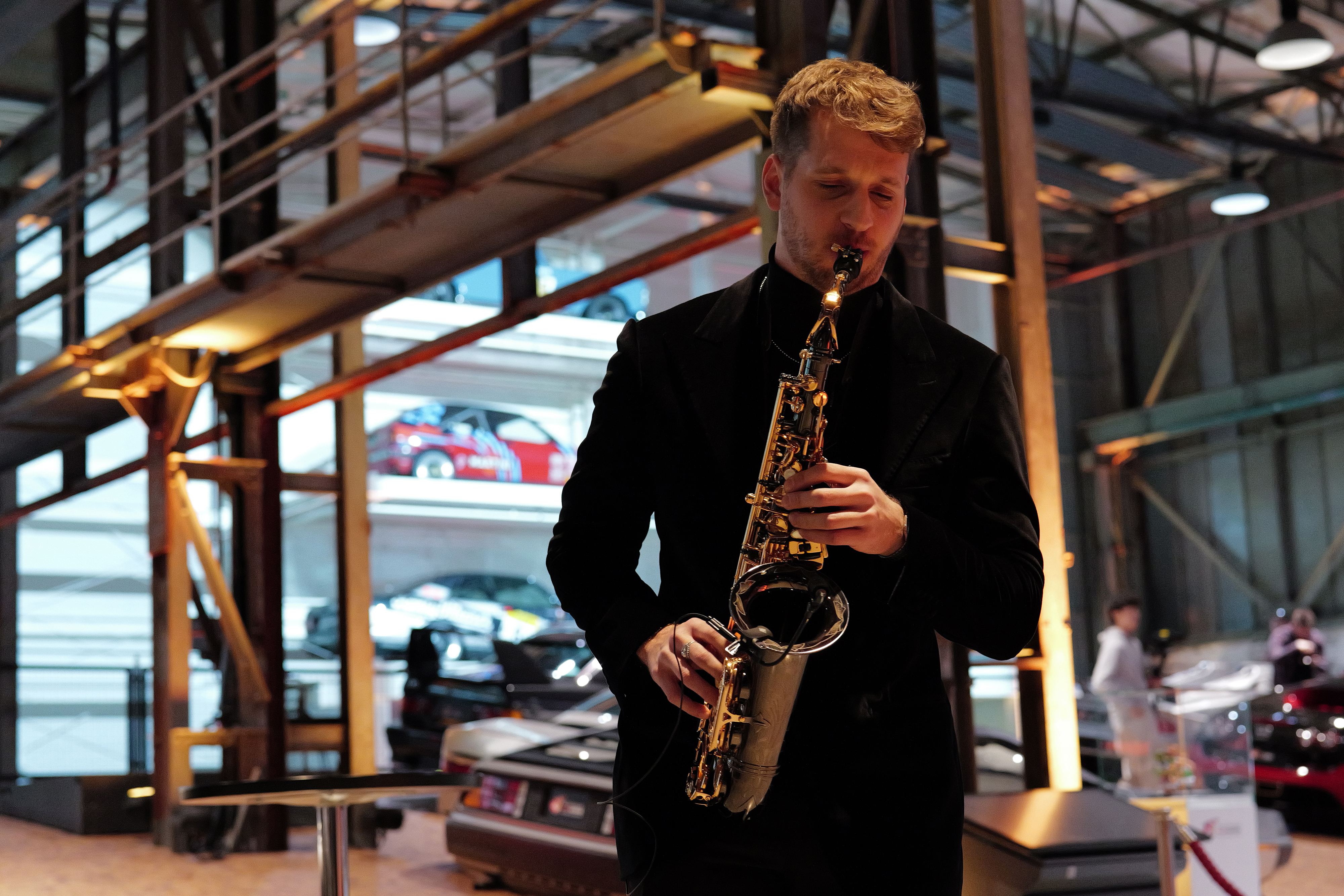

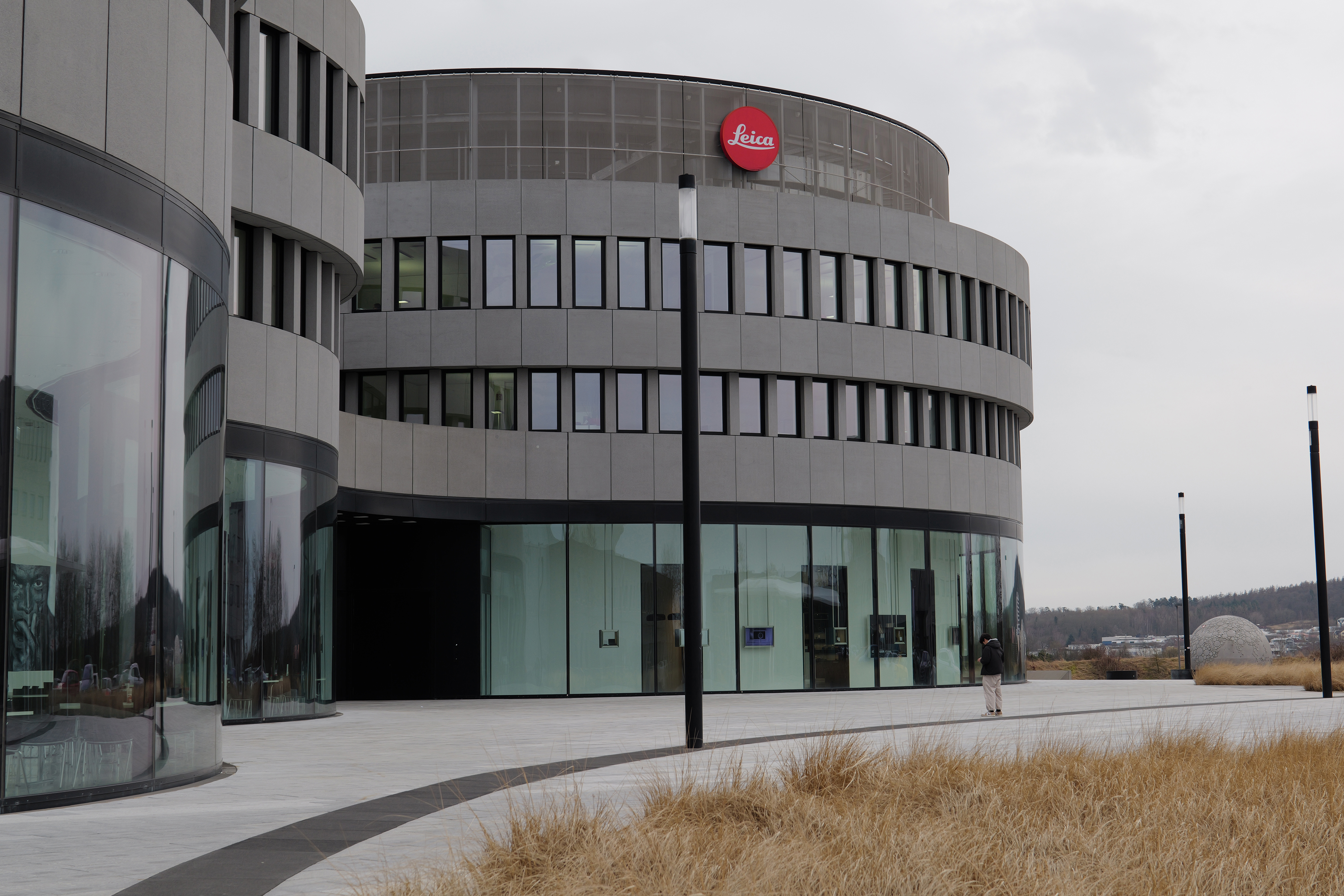
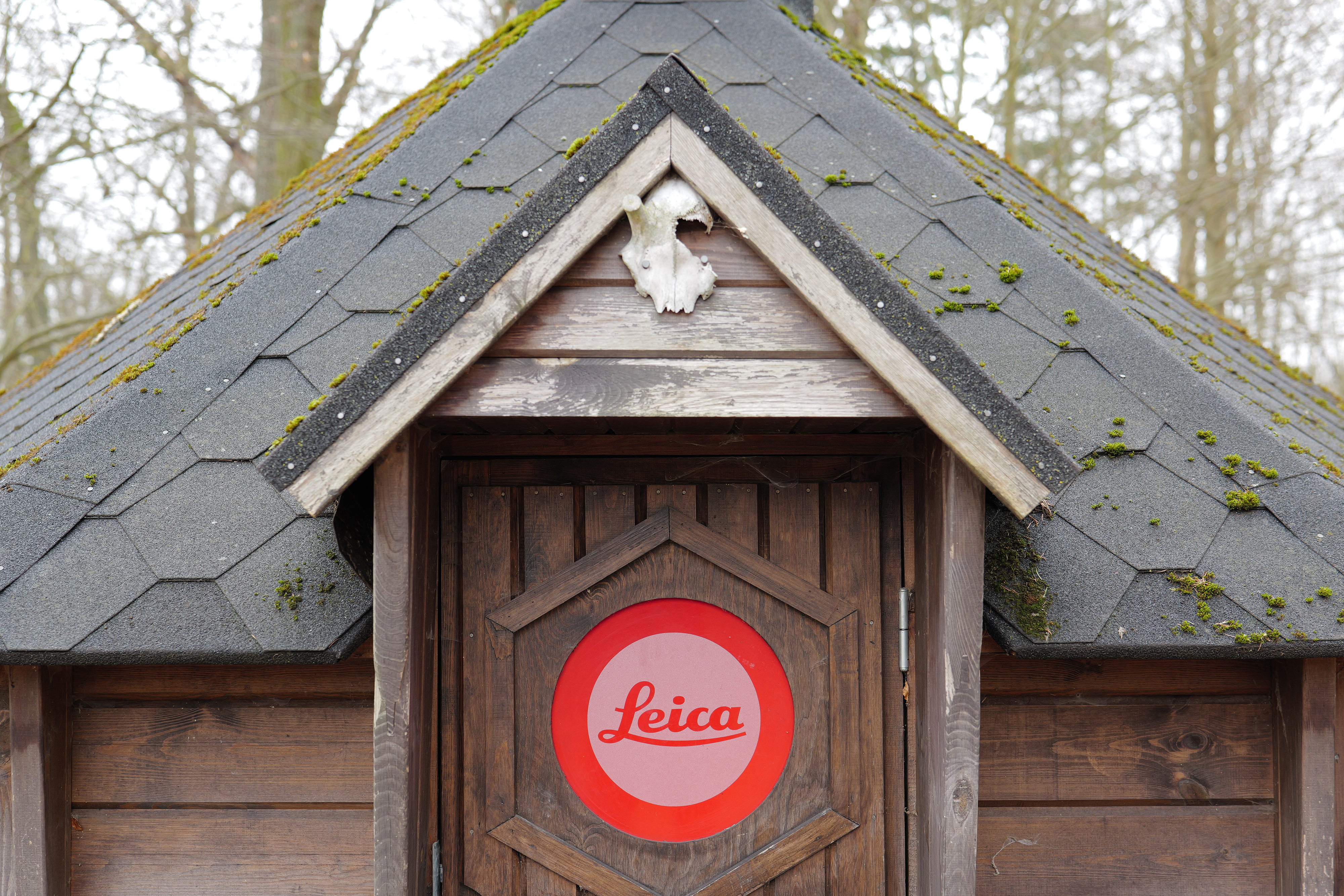

If you're looking for a distinct Leica 'look', though, you might be disappointed. The SL3's JPEGs and raw files look very much like those of any other mainstream mirrorless camera, and if there is any special Leica 'character' it's certainly nowhere near as pronounced as the Leica M10 or M11's rendering.
The level of detail captured is impressive. You would expect that from a 60MP full frame sensor, of course, but it's still a surprise just how far you can zoom into an image and see detail you would never have expected. It will help, of course, to have the best L-mount lenses, as 60 megapixels is enough to turn anyone into a pixel-peeper.
Raw files also have bold, vibrant colors, more so than the JPEGs, although they're also a touch noisier than some full-frame rivals. This will depend on your raw processing software, and you will get different results in Capture One to Lightroom, for example. In our early test shots, noise starts to appear from ISO 1600 and is particularly noticeable at ISO 6400.
Above is a comparison of four images shot at ISO 3200, 6400 (top row) and 12500, 25,000 (bottom row) with magnified sections at the bottom of the toy robot's foot (click on the gadget at the top right of the image to see a larger version). Apart from the visibly increasing noise, it's in this ISO 3200-25600 range where the SL3's detail rendering starts to fall away.
Still, this isn't necessarily a problem – in fact, the grain is frequently attractive (depending on your tastes) and gives the SL3's photos a filmic look. Not only that, with a 60MP image the noise might appear significant under magnification but can very hard to see at normal viewing distances and sizes.
Video quality looks similarly pin-sharp at lower ISOs, although the SL3's autofocus seemed to struggle a little more with moving subjects in this mode. The SL3's image and video quality looks comparable to the Leica Q3's, which is certainly no bad thing. The indifferent IBIS and rolling shutter might quickly put you off any handheld shooting and rapid camera movements, though.
The SL3 is capable of high-quality, professional video capture but needs to be used in the right way. The 60MP resolution is too high for straightforward video capture, for a start, so there is a 1.3x crop factor for 8K and 4K.
There is also a maze of options for video settings (Leica calls them video 'profiles'). These are fine once they are set up, but if you want to change anything or create a new profile, you have to play cat-and-mouse with 11 different Format, Resolution, Codec and other options, where selecting one will gray out others, where you can't always get the combination you want, and it takes you a long time to find out.
The SL3 can shoot Apple ProRes, for instance, but this locks the resolution at FHD. This can't be a memory card limitation as the SL3 has a CFexpress Type B slot alongside its regular SD slot.
These video profile settings are uncharacteristically opaque for Leica, given this camera's elegant and effective minimalism in other respects.
- Image and video quality score: 4.5/5
Leica SL3: Test scorecard
| Attributes | Notes | Rating |
|---|---|---|
| Price | The SL3 is expensive, but not outrageously so in today's market, and the quality is obvious | 3.5 / 5 |
| Design | A study in beauty and minimalism! The interface alone deserves an award | 5 / 5 |
| Feature and performance | The still image options are superb, the video is good but complicated, and the SL3 is not really suited to action | 4 / 5 |
| Image quality | As good as it gets for full frame cameras. The next step would be medium format, but you might look at what the SL3 can do and decide not to bother | 4.5 / 5 |
Should I buy the Leica SL3?
Buy it if...
You want the best quality full frame images
The 60MP sensor is magnificent and with top-quality Leica lenses the level of resolution is as good as it gets for full frame.
You think the experience is as important as the results
The Leica SL3 isn't just a camera, but a piece of contemporary design that's not just a pleasure to use, but packed with fuss-free time-saving touches.
You're already invested in the L-mount system
The SL2 was a decent camera, but the SL3 is better in so many ways that it's an obvious upgrade. It's also the best L-mount camera on the market.
Don't buy it if...
You're looking for a high-value all-rounder
The Sony A7R V is cheaper, better at continuous shooting, has state-of-the-art AF and perhaps better IBIS. On value alone, the SL3 is a non-starter.
You're looking for a classic Leica experience
The Leica SL3 is a thoroughly modern mirrorless camera. If you want what most people think of as the 'classic' Leica experience, you need the M-series rangefinders.
You're already invested in another system
If you currently shoot with Canon, Nikon or Sony cameras, the SL3 is not enough on its own to make you jump ship. Each of these makers can match it with models of their own.
Leica SL3: Also consider
If our Leica SL3 review has inspired you to think about other options, here are two more cameras to consider…
Sony A7R V
With the Sony A7R V you can get the same resolution and broad video capabilities as the SL3, together with much better burst shooting and a wider range of more affordable lenses. If it's specs, features and value alone that you're looking for, the A7R V wins by a mile. However, the very fact that you're considering an SL3 means you value design, engineering and heritage too, so it's not as simple as that.
Read our full Sony A7R V review
Nikon Z8
The Nikon Z8 has 45.7MP rather than the 60MP of the Leica SL3, but that's a small enough difference given that the Z8 is not just cheaper but a much more rounded camera that matches the SL3's 8K video but trounces it for burst shooting and action photography. The swap to an electronic shutter is a bold move that has really paid off, and the Z8 looks set to be a modern classic just as its predecessor, the Nikon D850 DSLR has assumed legendary status.
Read our full Nikon Z8 review
How we tested the Leica SL3
- Two sessions of in-depth testing
- Street photography
- Landscape photography
- ISO tests
- Stabilization tests
We used the Leica SL3 extensively at its launch event in Wetzlar, Germany, for a range of subjects from street photography to portraiture, followed by a longer test session back in the UK where we shot a range of outdoor scenes in good light to test the image quality, plus a series of controlled indoor tests for ISO/noise and image stabilization. We also checked out the AF performance and, in particular, how well it locked on to and tracked eyes and faces.
We shot both raw and JPEG images to check Leica's own JPEGs against how the raw files are rendered – though this will depend on the raw software used, as each program has its own demosaicing process and color rendering.
One of the key qualities of the SL3 is its physical design and its digital interface. These are important parts of this camera's appeal, so we also spent some time digging deep into the controls to see how they affected the shooting experience.
First reviewed February 2024

Mark is TechRadar's Senior news editor. Having worked in tech journalism for a ludicrous 17 years, Mark is now attempting to break the world record for the number of camera bags hoarded by one person. He was previously Cameras Editor at both TechRadar and Trusted Reviews, Acting editor on Stuff.tv, as well as Features editor and Reviews editor on Stuff magazine. As a freelancer, he's contributed to titles including The Sunday Times, FourFourTwo and Arena. And in a former life, he also won The Daily Telegraph's Young Sportswriter of the Year. But that was before he discovered the strange joys of getting up at 4am for a photo shoot in London's Square Mile.
